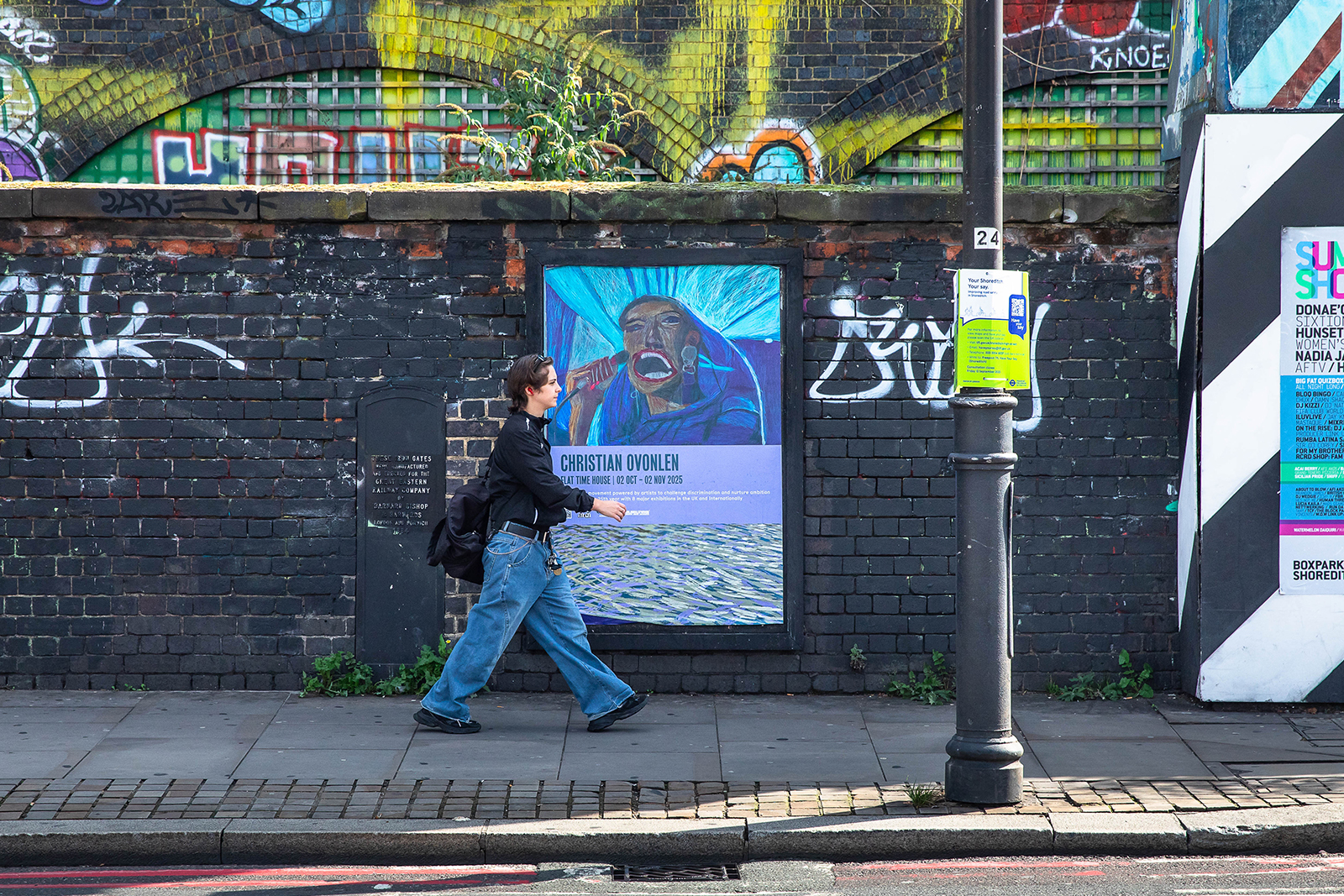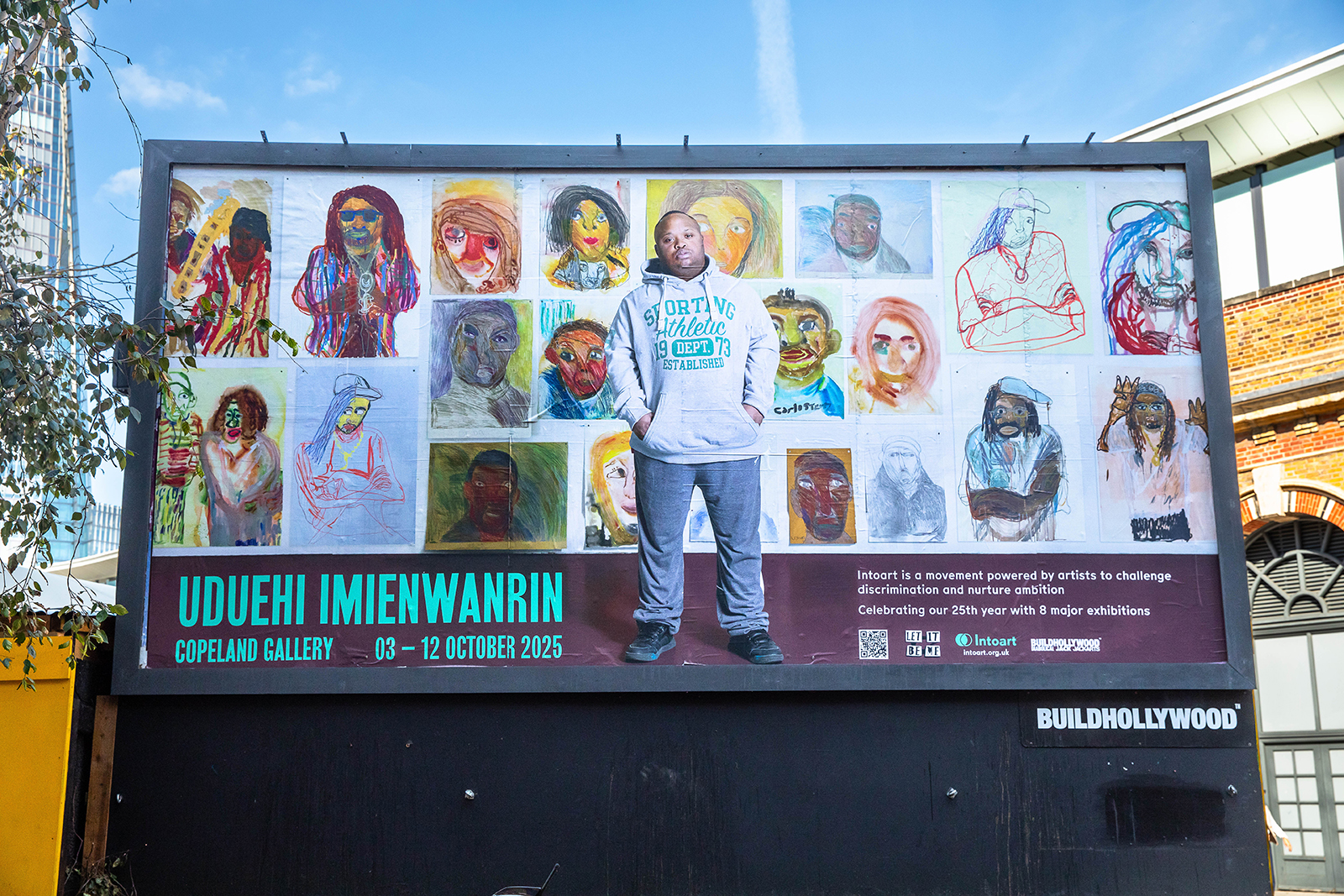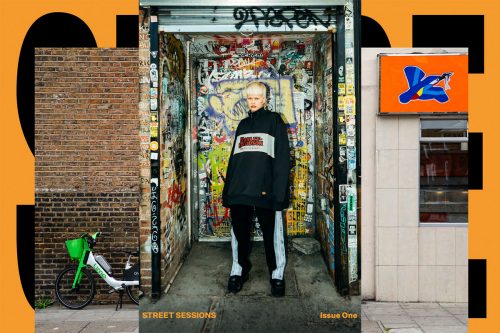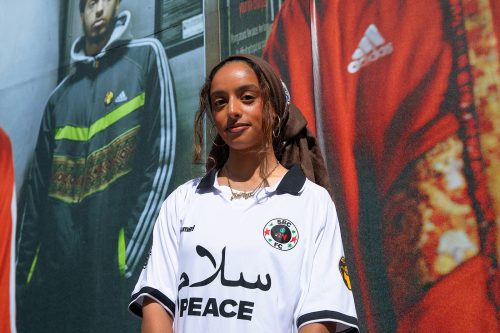Partnerships
Intoart at 25: In the neighbourhood, across the city
For 25 years, Intoart has grown from its base in Peckham to a presence that now stretches across London. This autumn, in partnership with BUILDHOLLYWOOD, the collective marks its 25th anniversary by stepping outside the gallery and into the public realm once again, claiming billboards across the capital where visibility, equity and imagination meet the city at street level.
It’s a fitting collaboration between Intoart and BUILDHOLLYWOOD, two organisations that reject the idea of art as something reserved for those who can afford white-walled gallery tickets or navigate institutional sliding doors. Making art accessible in public space is profoundly symbolic and implicitly political. It interrupts the city’s art-as-marketing landscape, challenges who is allowed to be visible, and insists that creativity belongs to everyone.
That sense of connection was first felt and found in 2024, when Intoart artist Andre Williams unveiled Let It Be Me in the pocket garden of Camberwell New Road, a bright, carmine coloured public sculpture commissioned by BUILDHOLLYWOOD a short 12 months ago. Andre’s work is invitational and vibrant, a conversational four word prompt of “let it be me” that asks passersby to reflect and ask the question; “why should it be me?”. In many ways, the artists answer the question by virtue of their work, using the billboards as a platform for artists to be seen on their own terms. “They’ll probably think about things they’ve made assumptions about when they see the work,” says artist Nick Fenn in reference to the public observing the billboards. “They might start paying attention.”
Andre’s Let It Be Me sculpture with Intoart and BUILDHOLLYWOOD has gone on to inspire this resplendent 25th anniversary series made up of 16 unique billboards, speaking to something deeper than accolades, and instead gesturing towards the urgency of access, visibility, and the right to be seen. “I hope people think, wow, that’s amazing, ‘Who are these people? Who are these artists?’” says Nancy Clayton. “In some galleries it’s always the same artists, but we are trying to break down the barriers.”
06.10.25
Words by



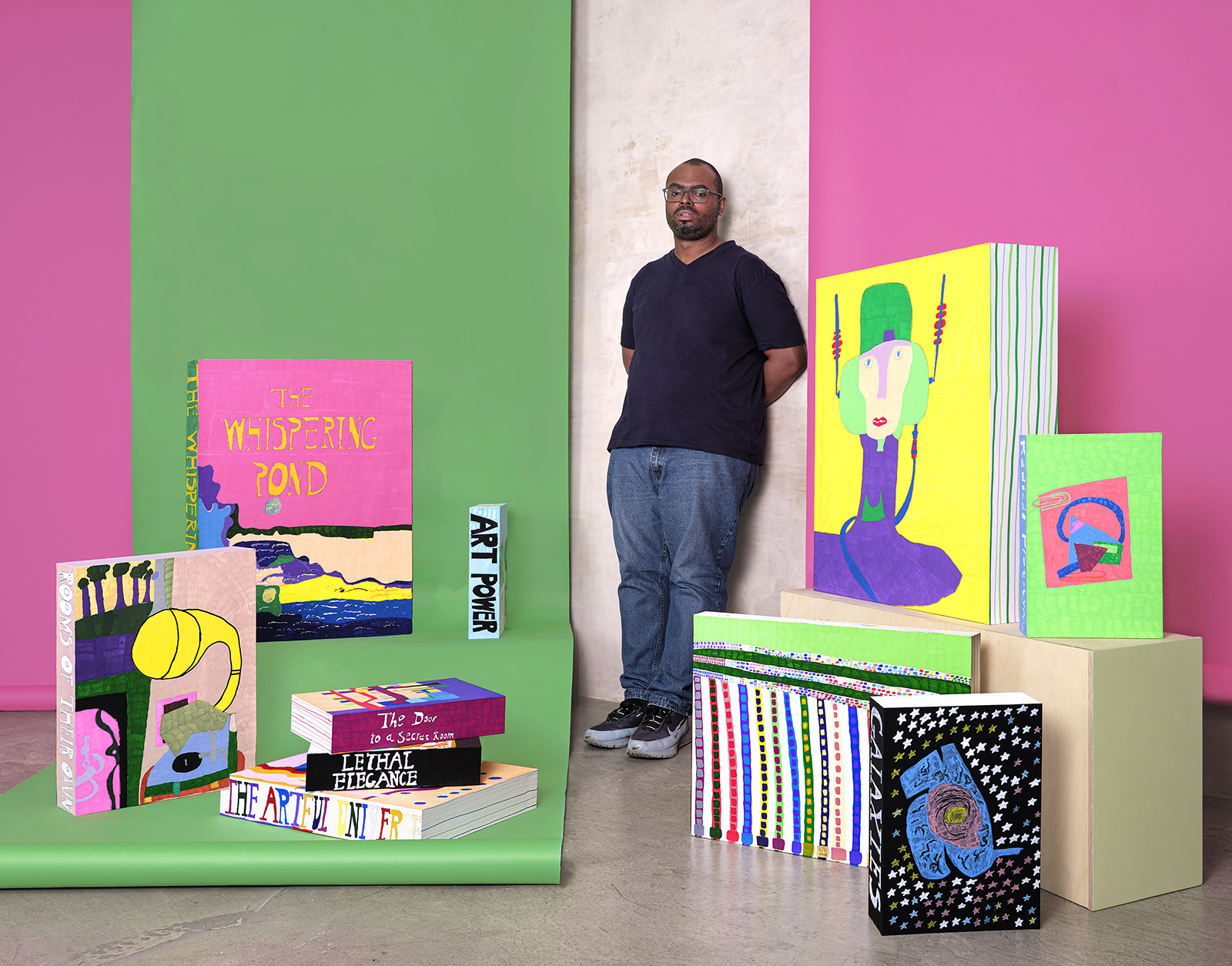 Andre Williams
Andre Williams
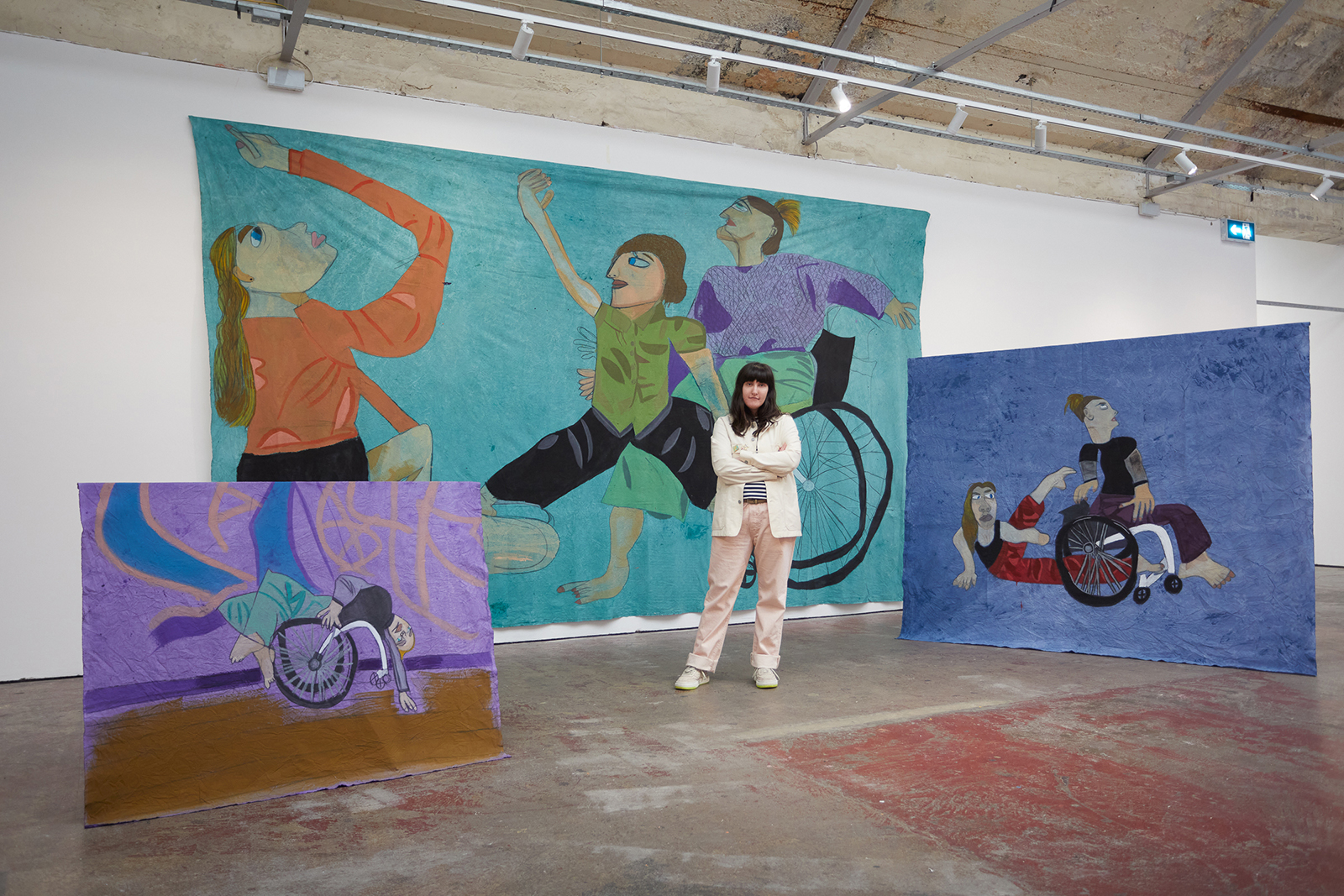 Nancy Clayton
Nancy Clayton
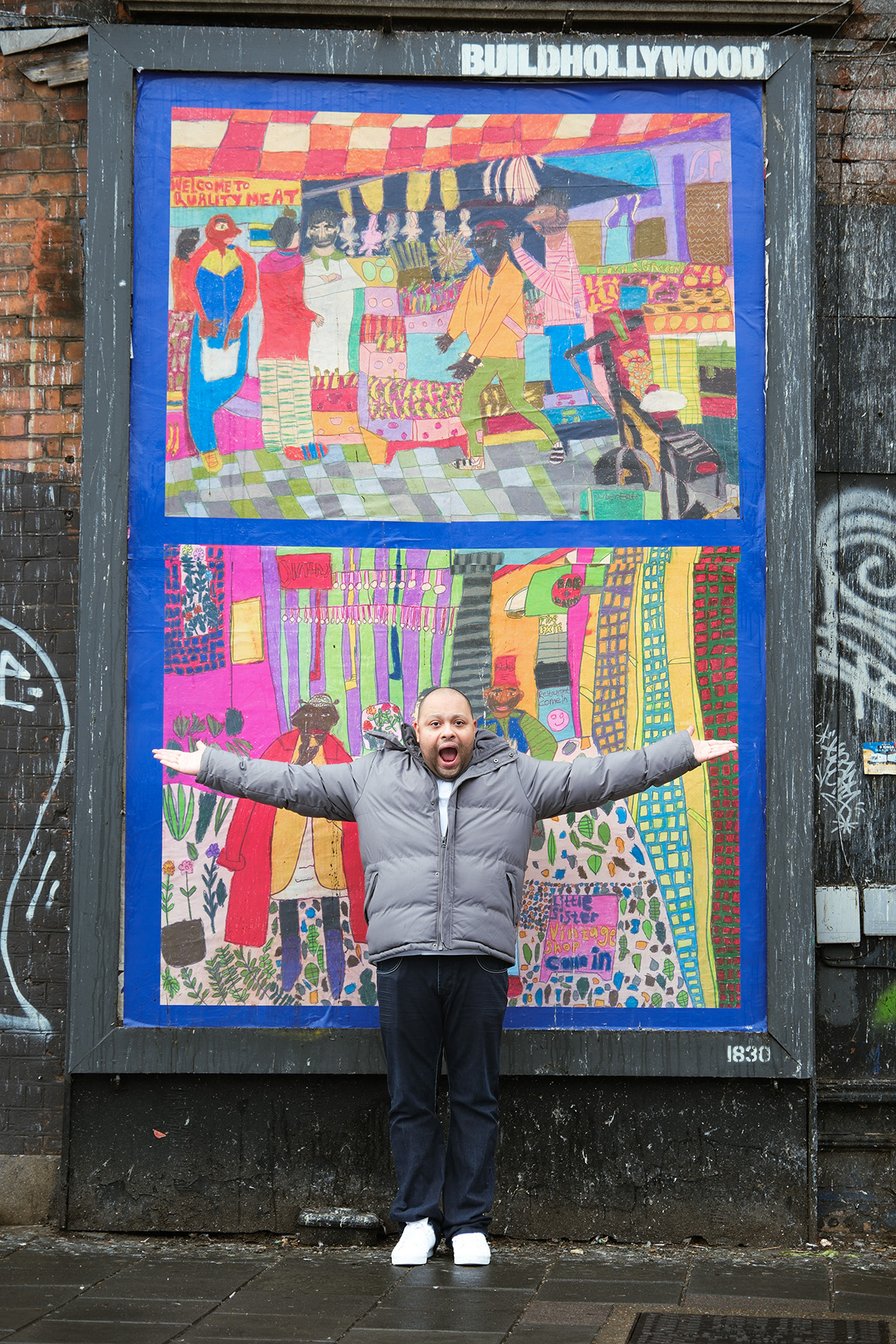
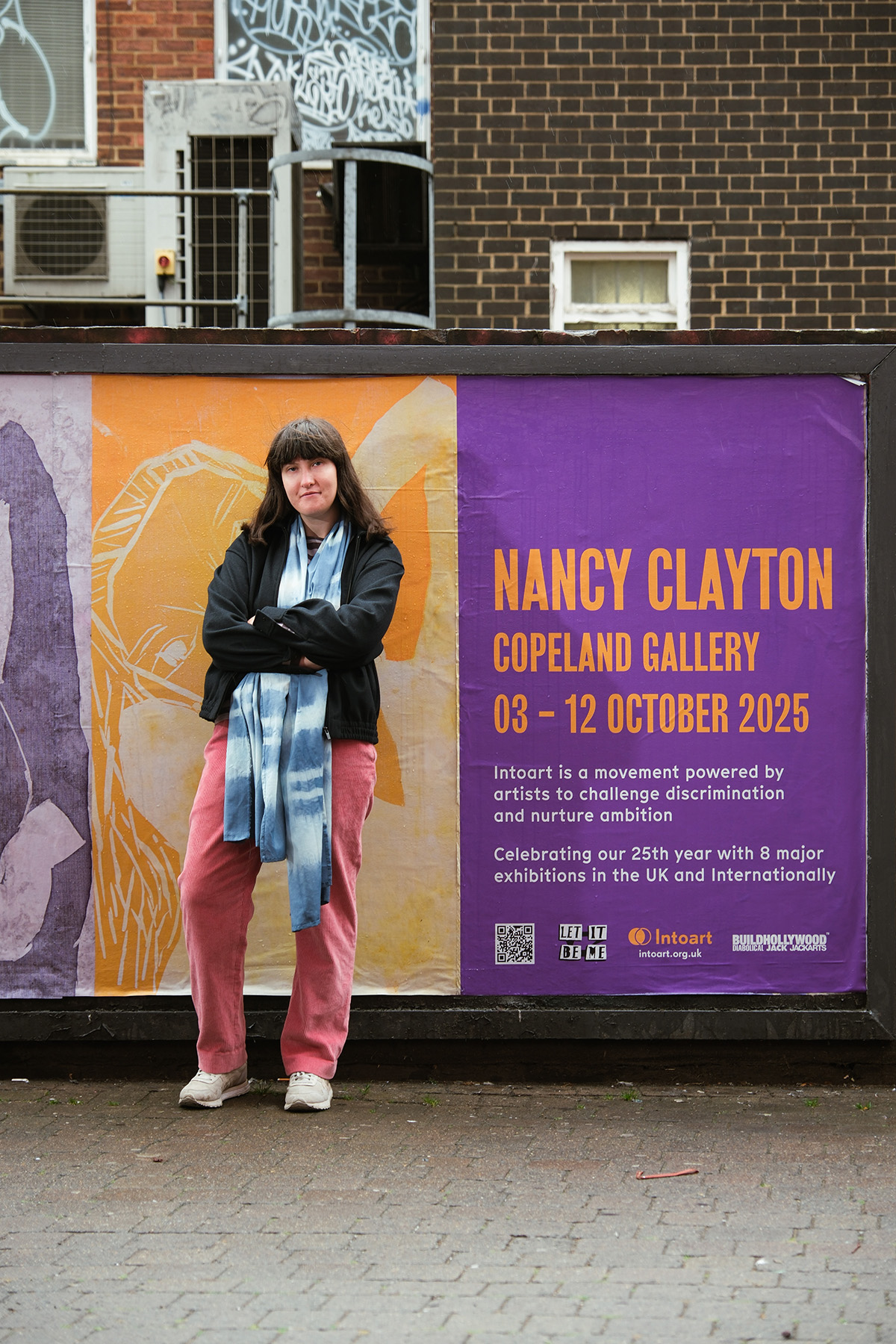
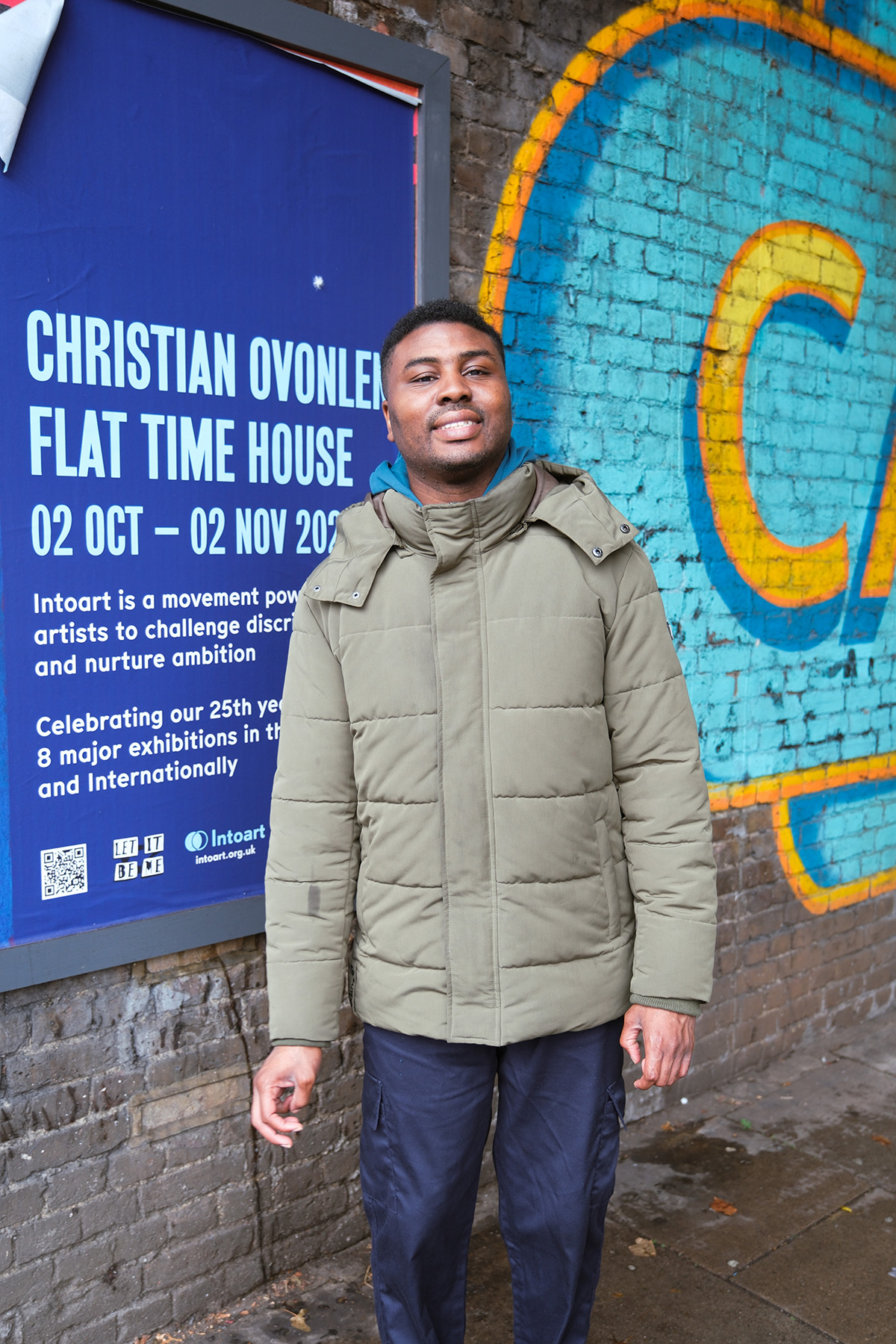
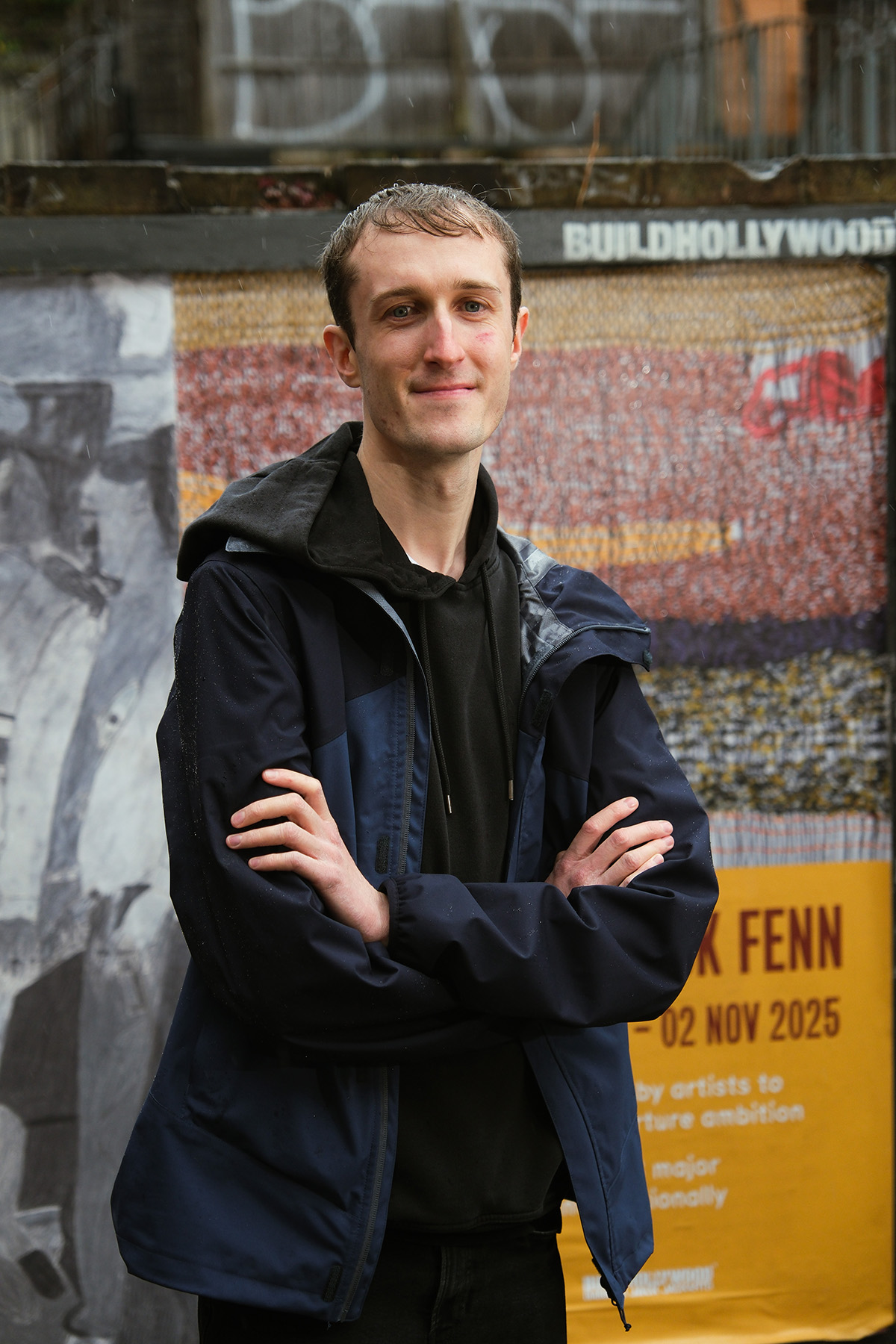
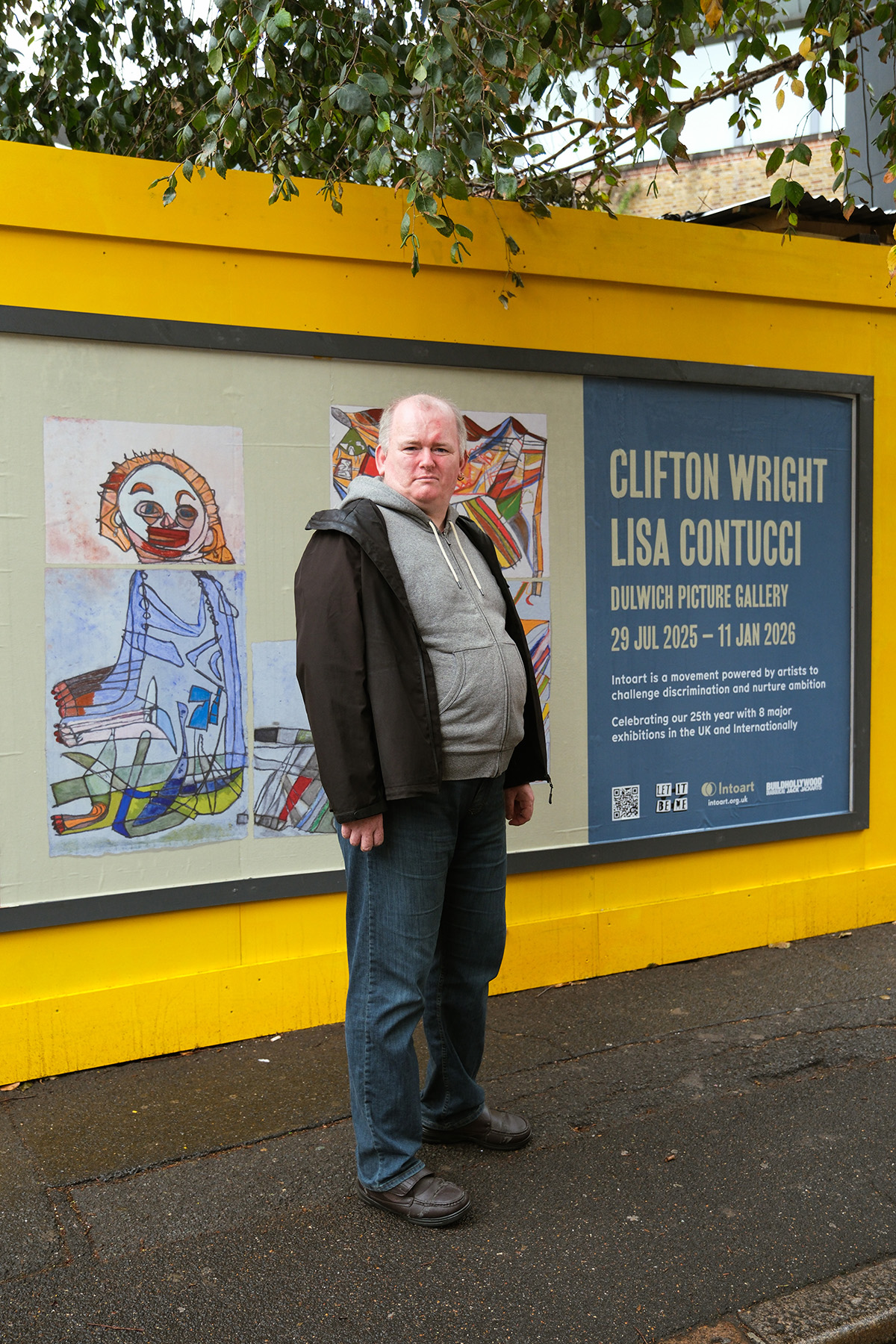
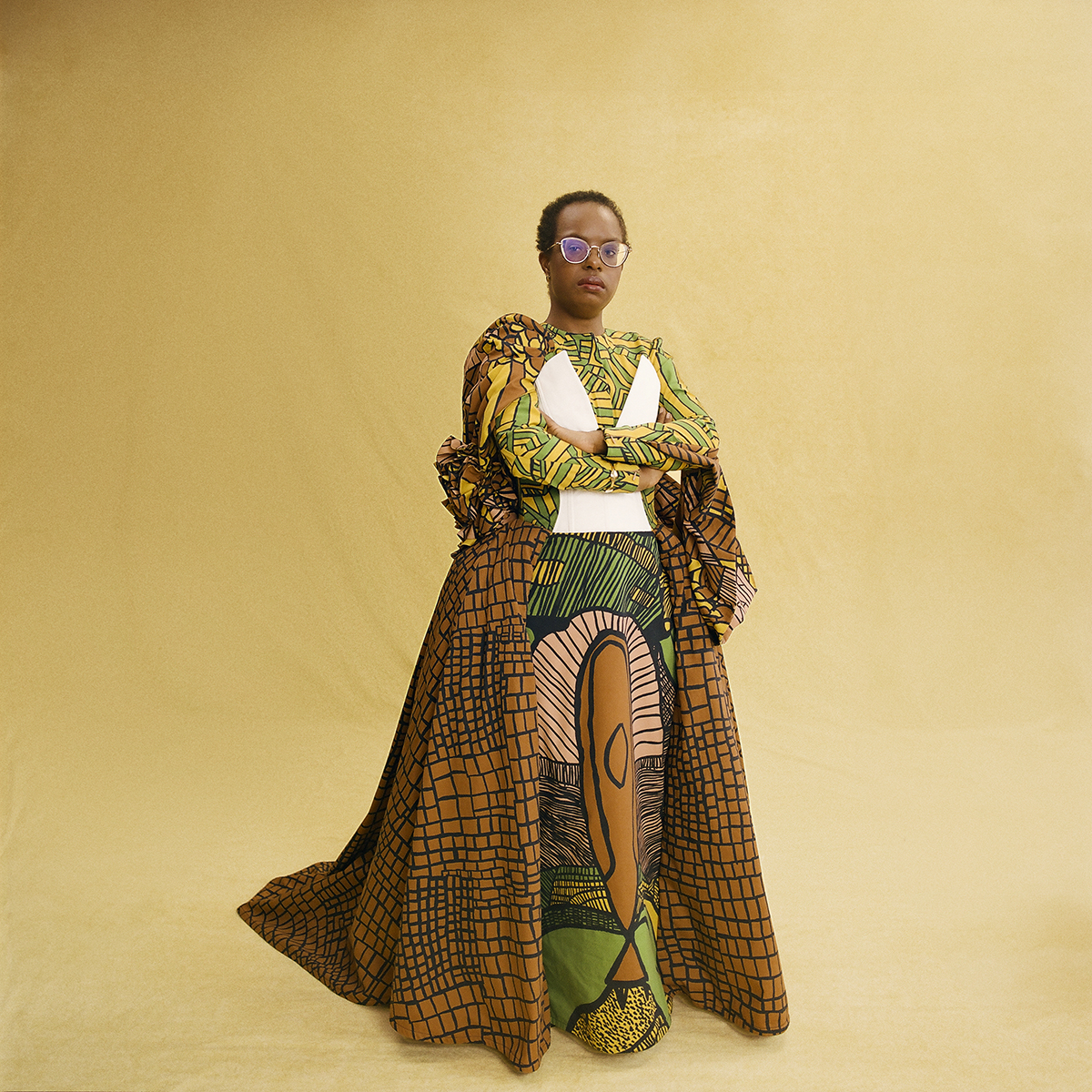 Ntiense Eno-Amooquaye
Ntiense Eno-Amooquaye
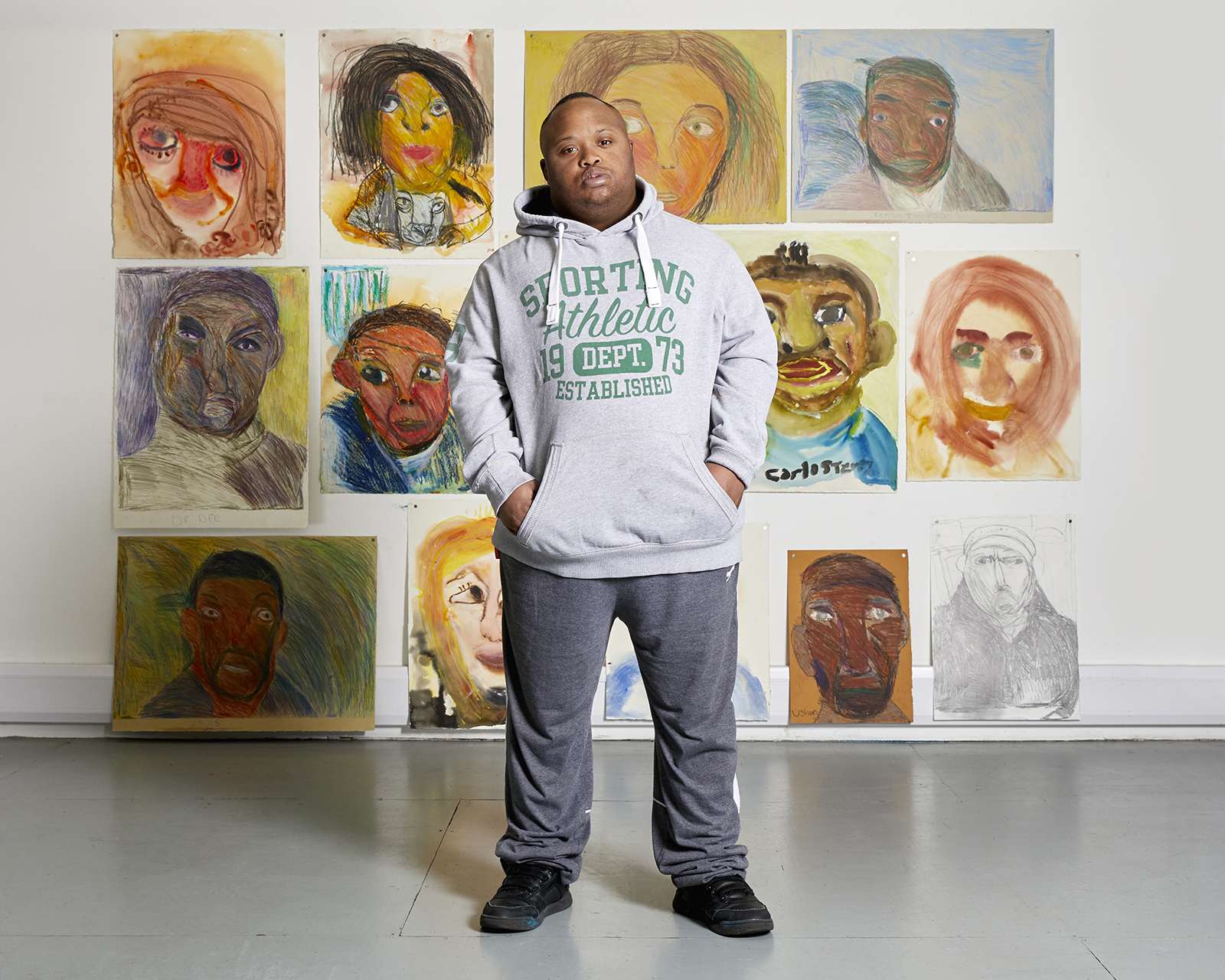 Uduehi Imienwanrin
Uduehi Imienwanrin
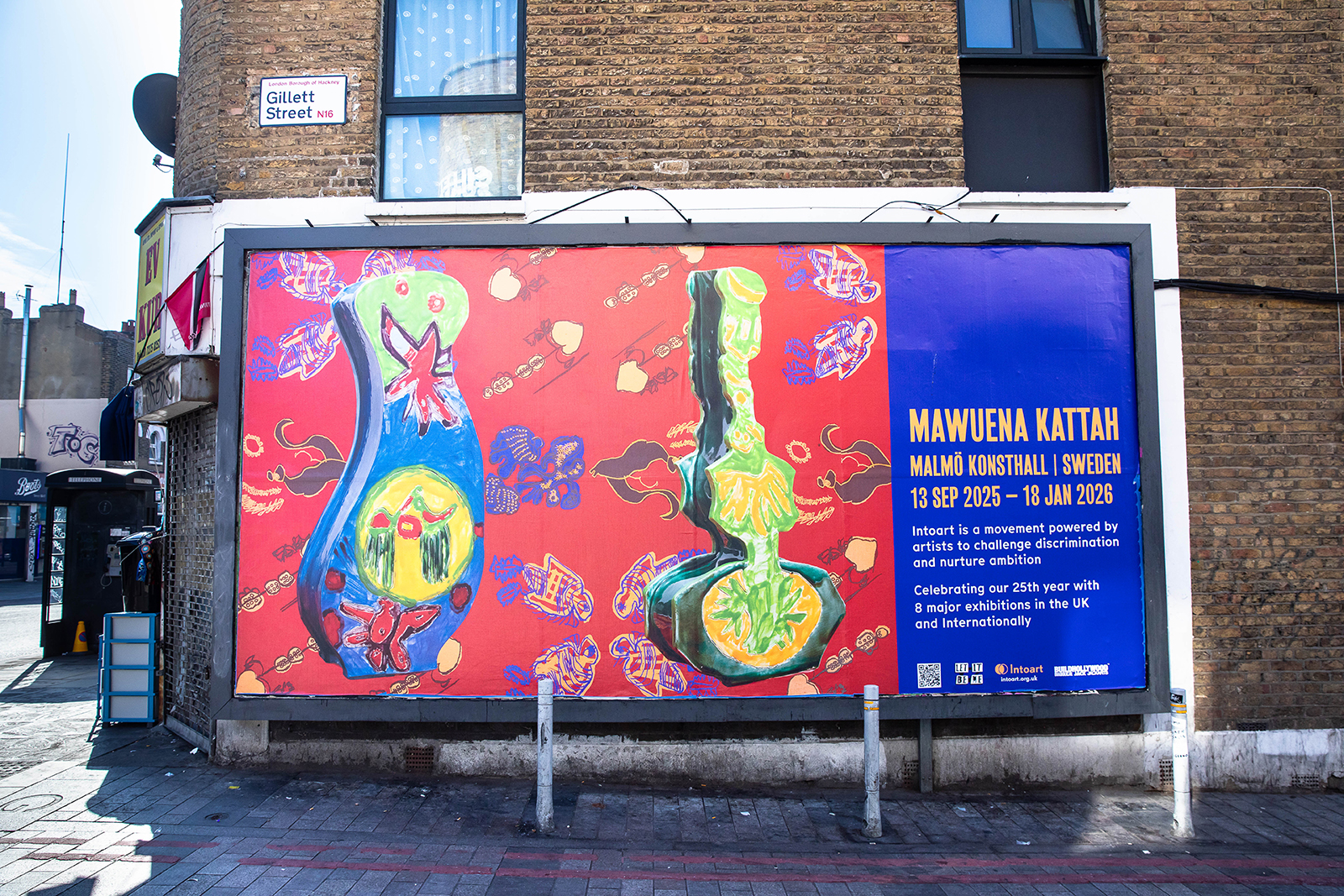
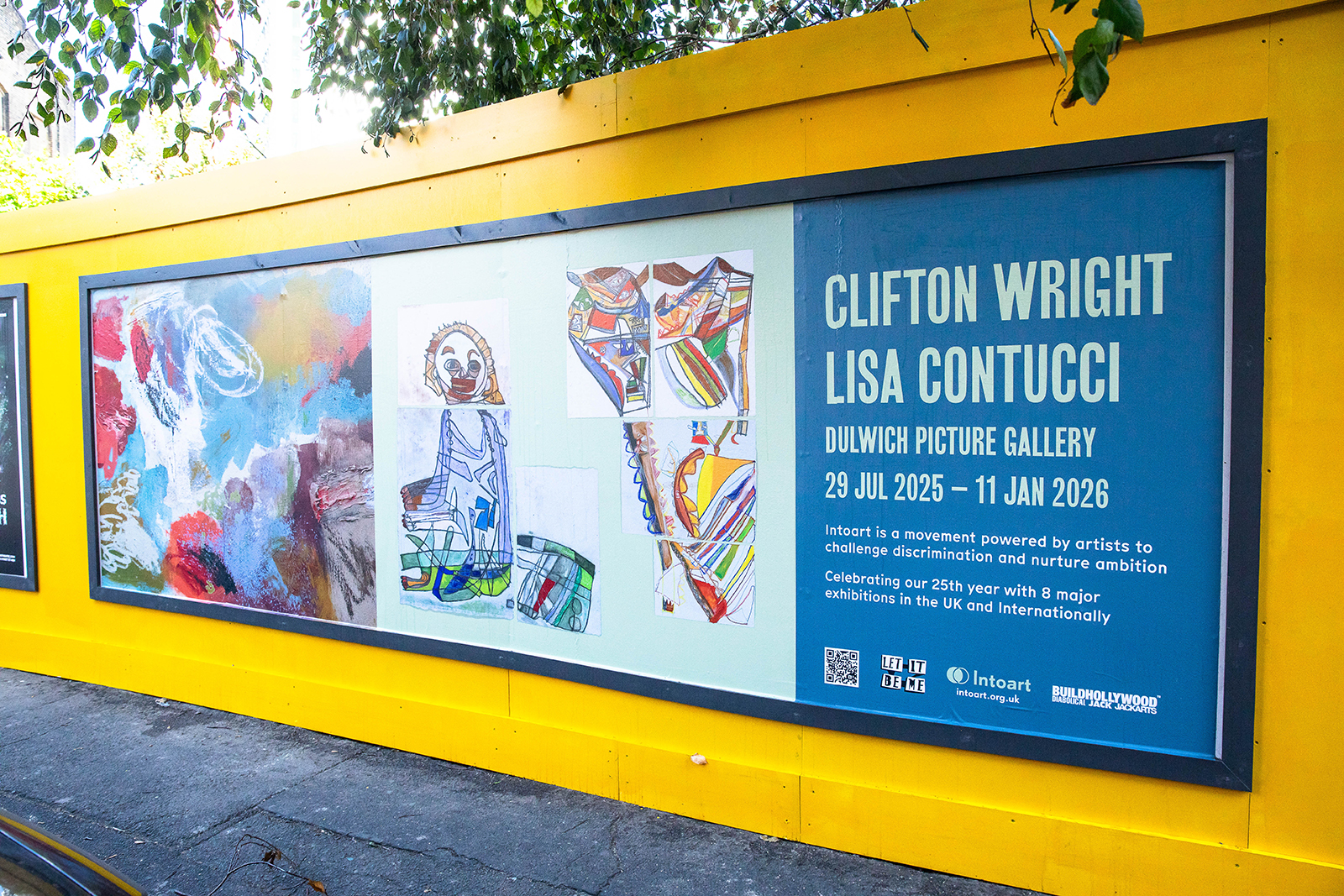
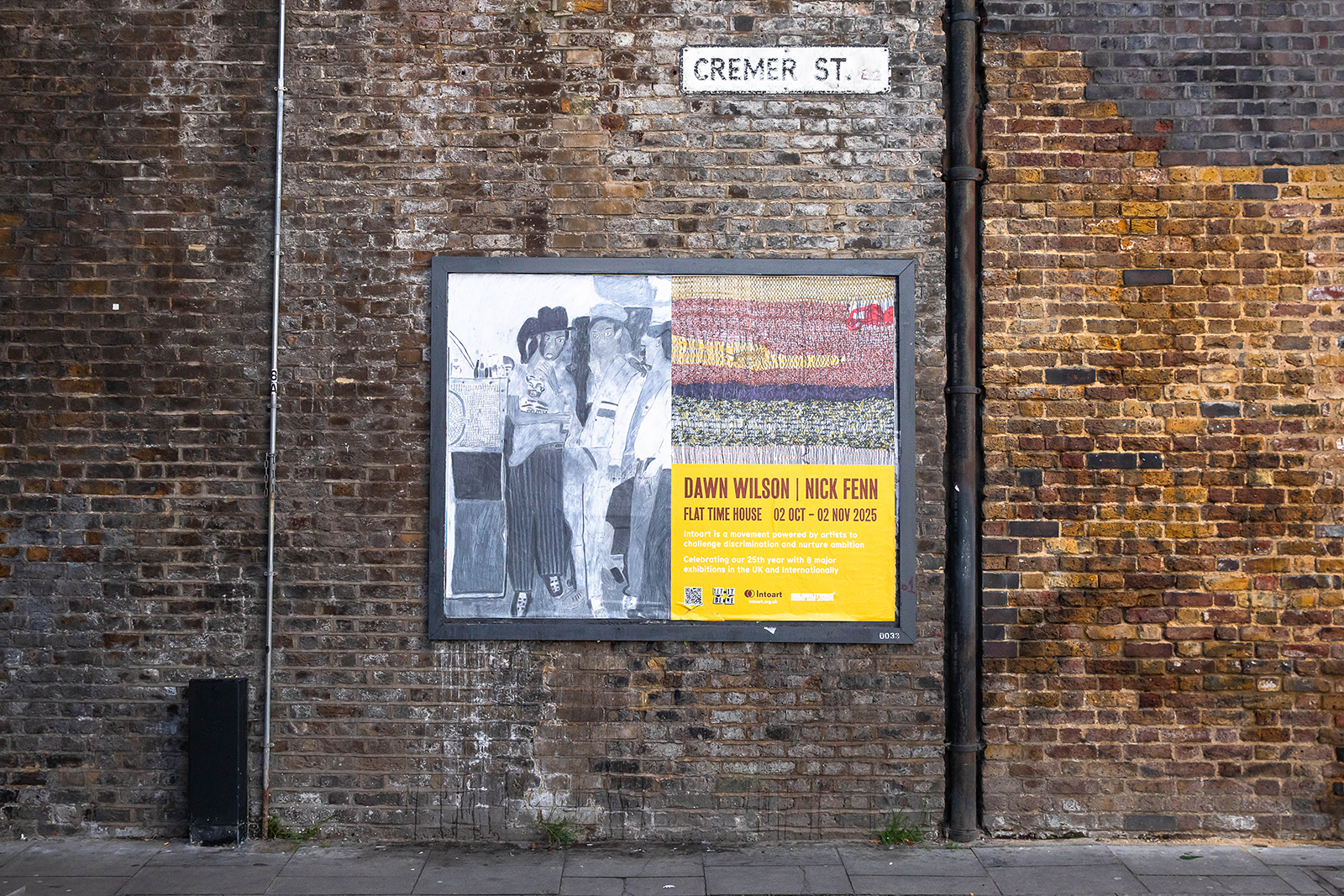
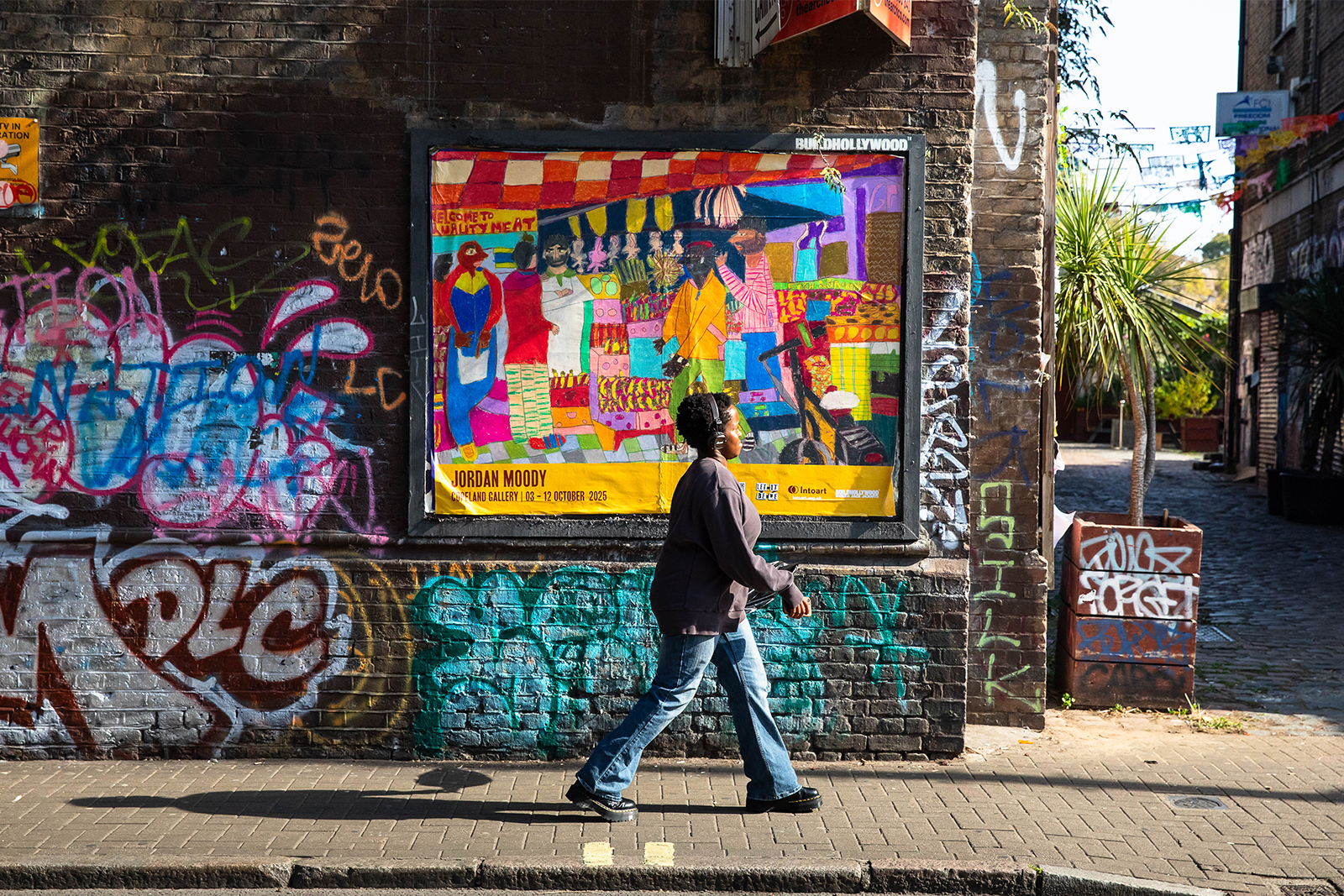
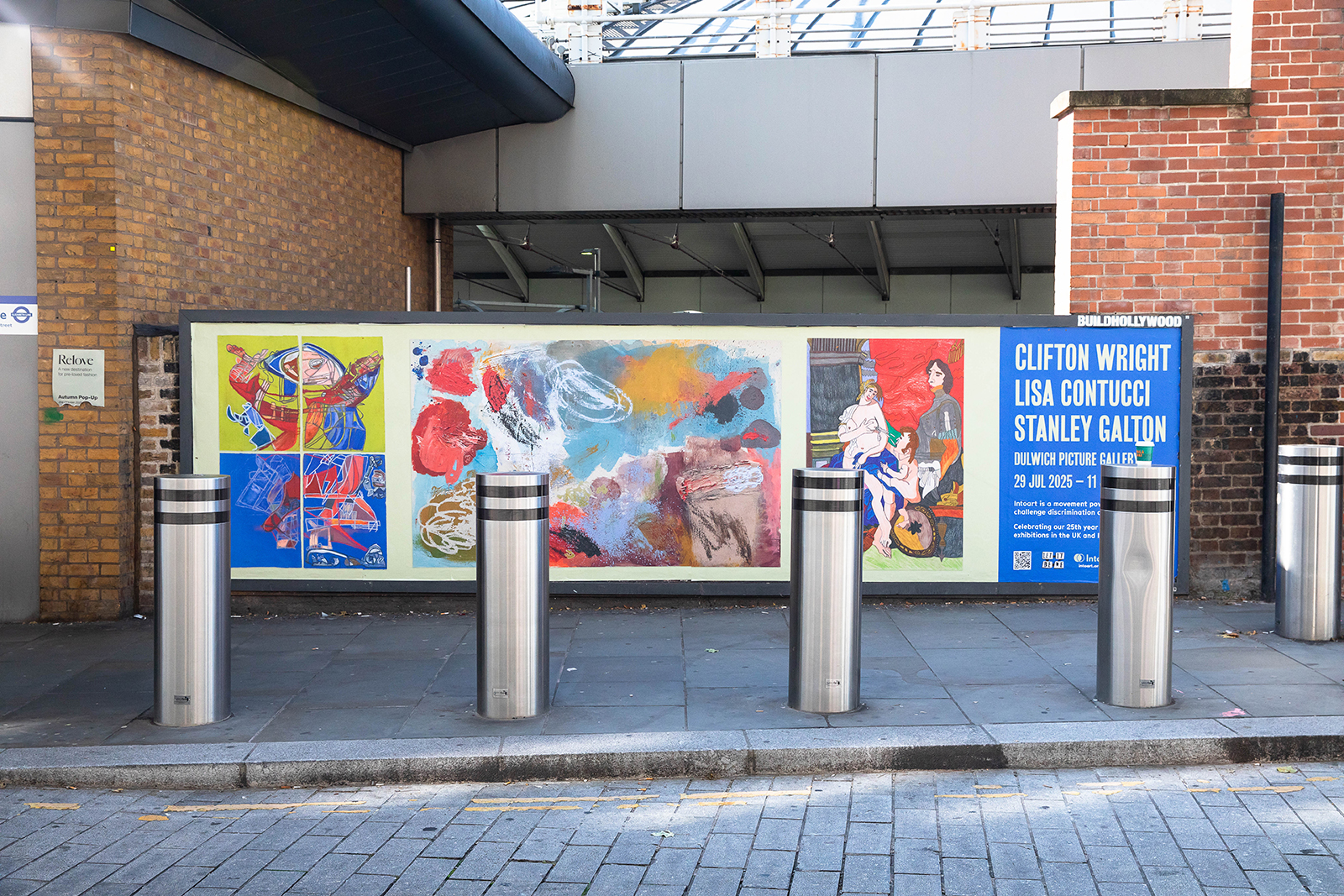
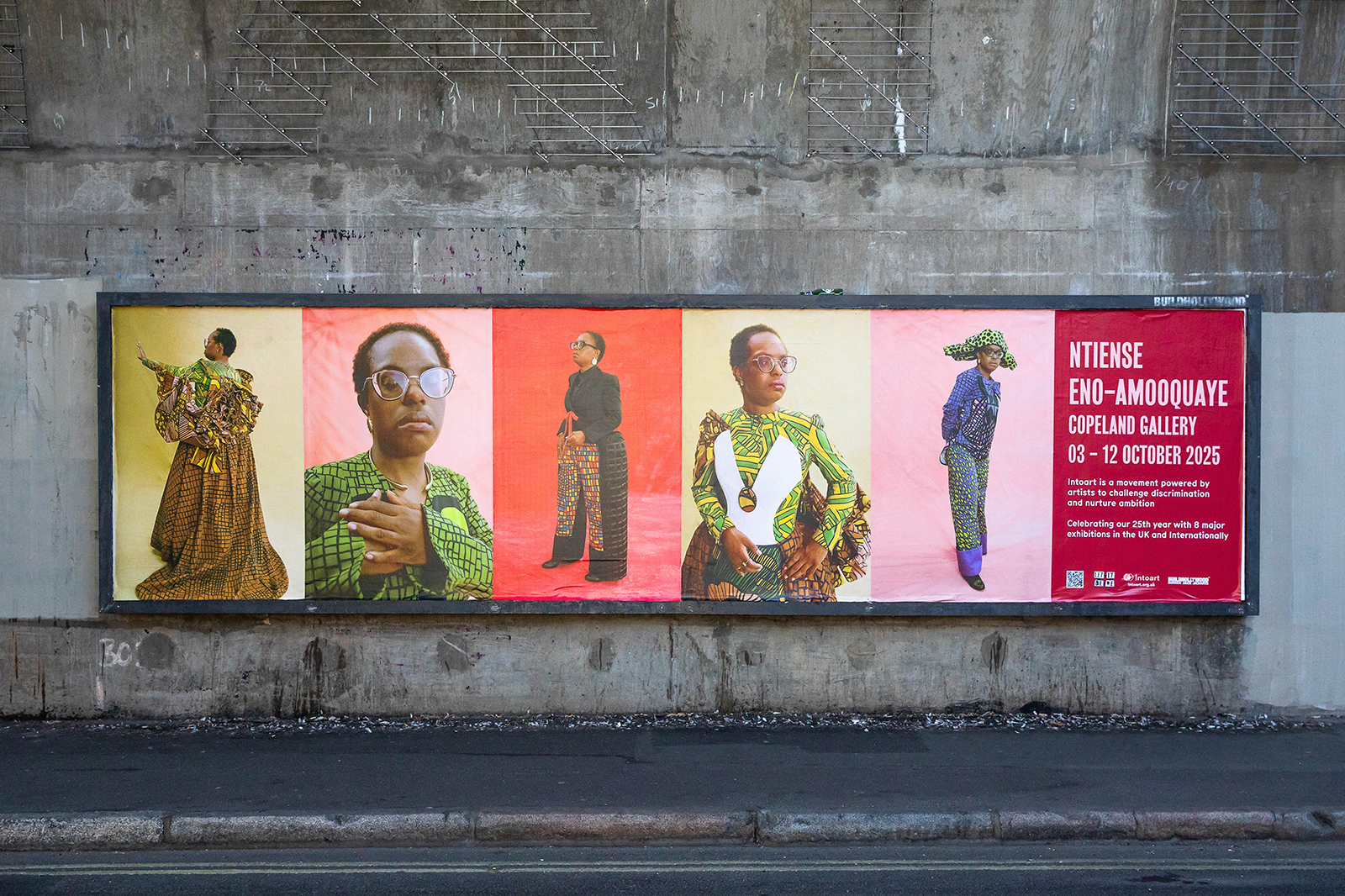
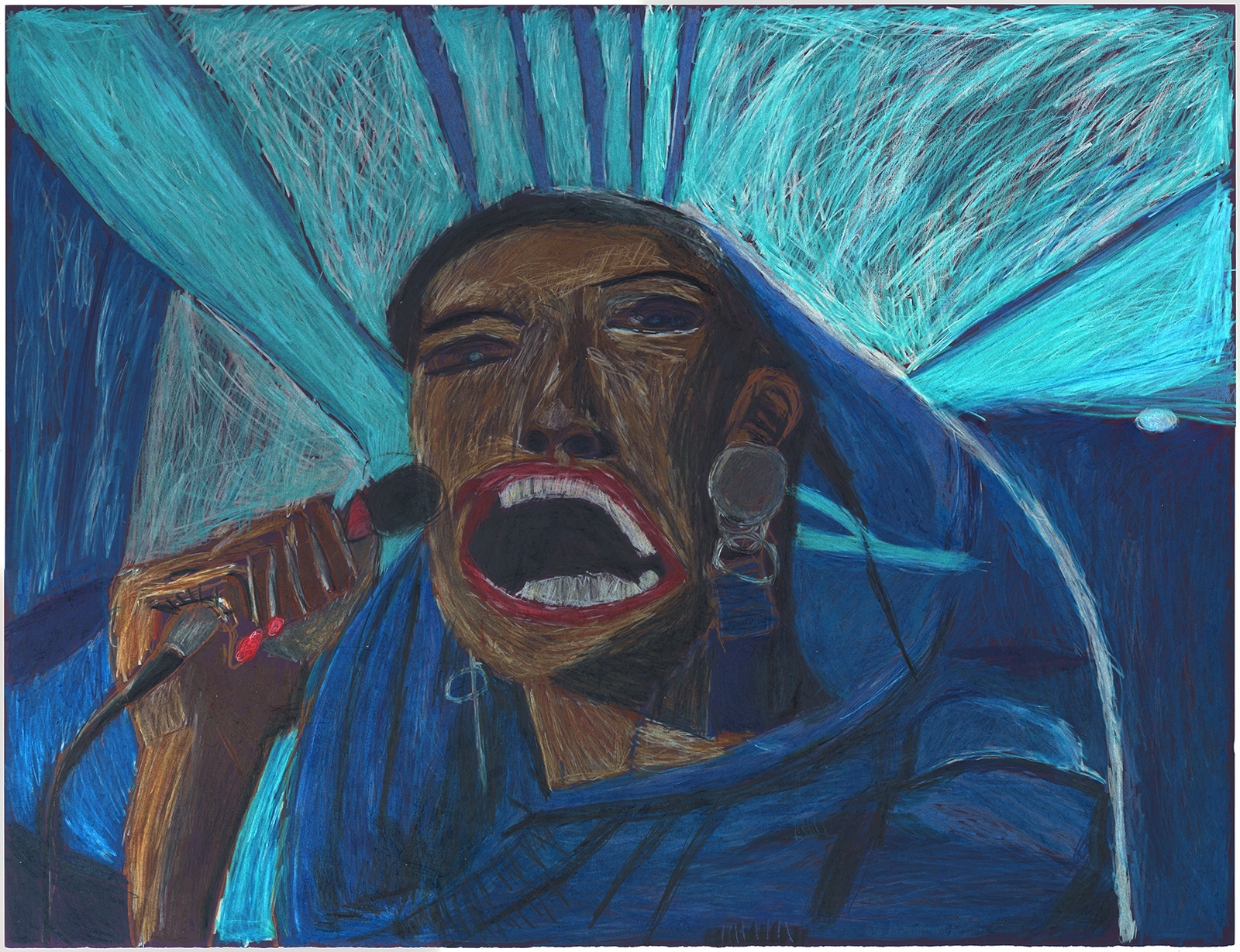 Christian Ovonlen
Christian Ovonlen
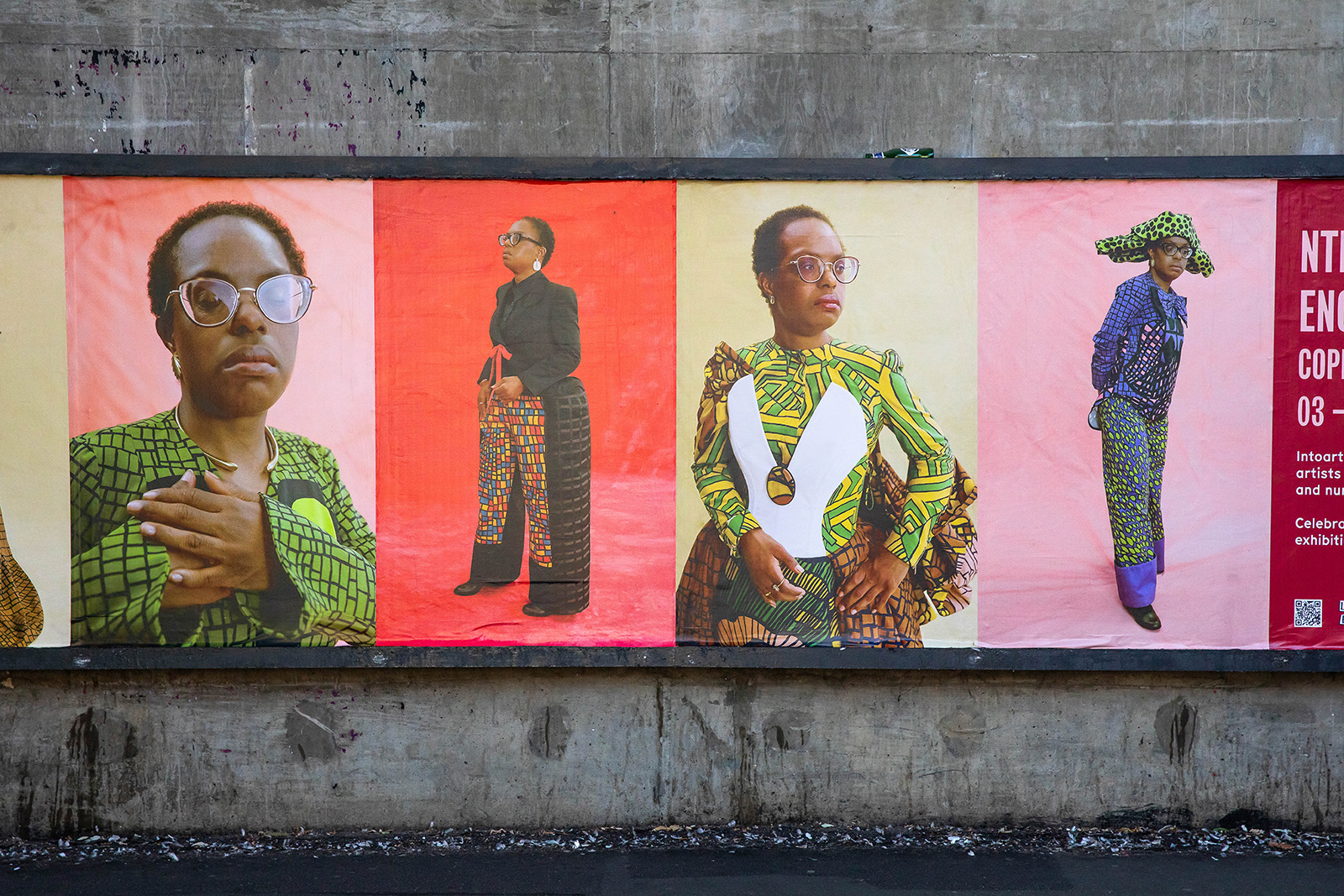
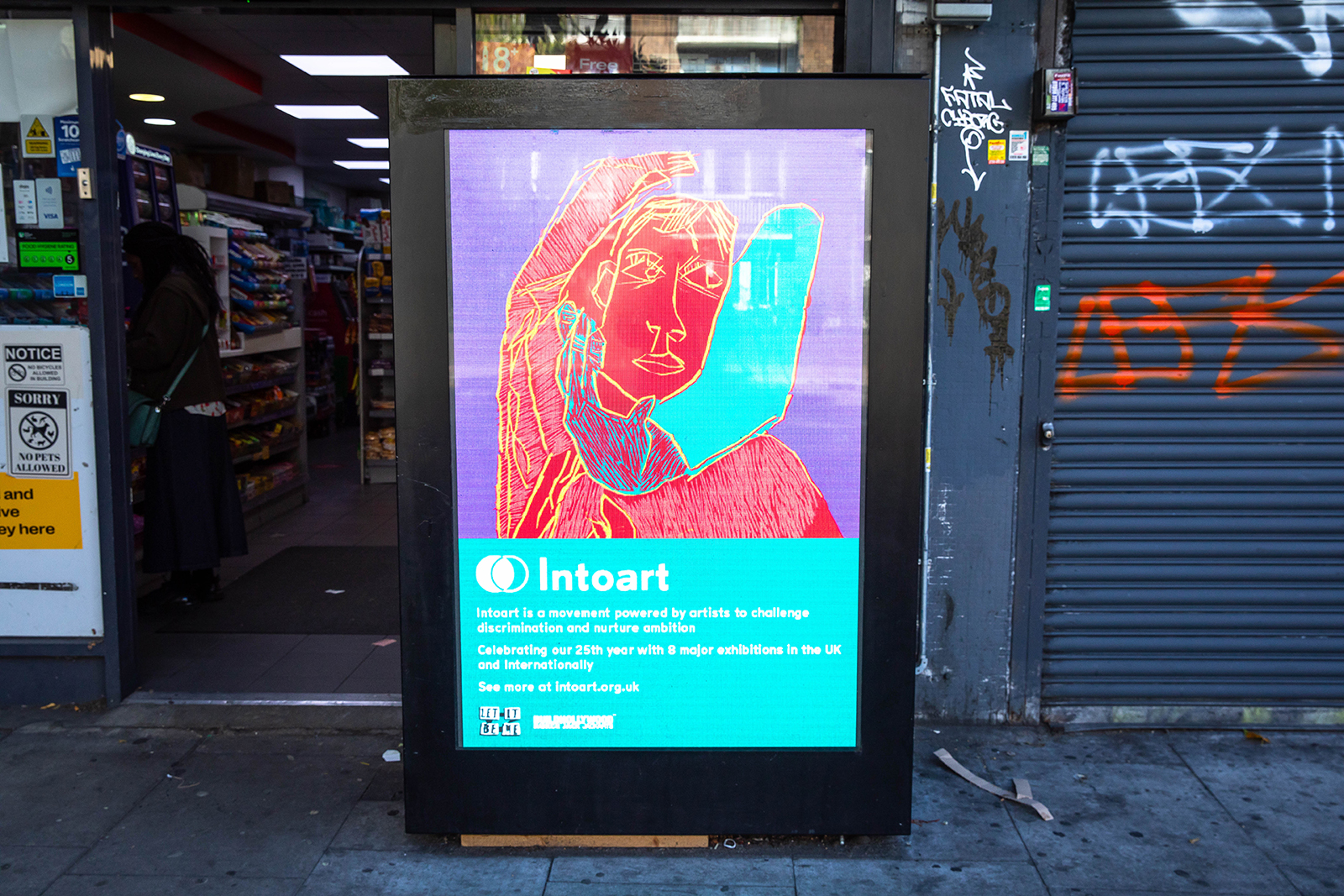
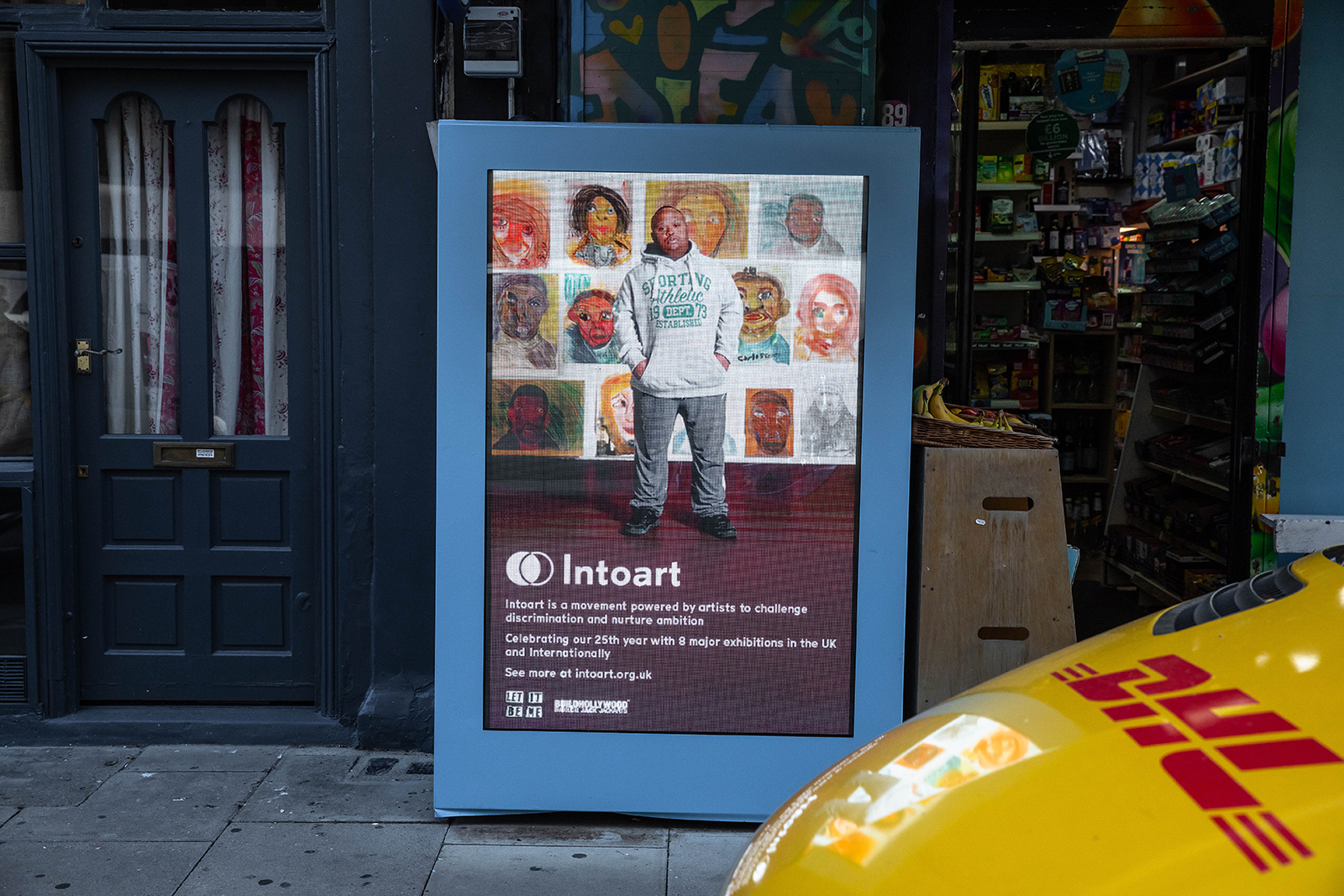
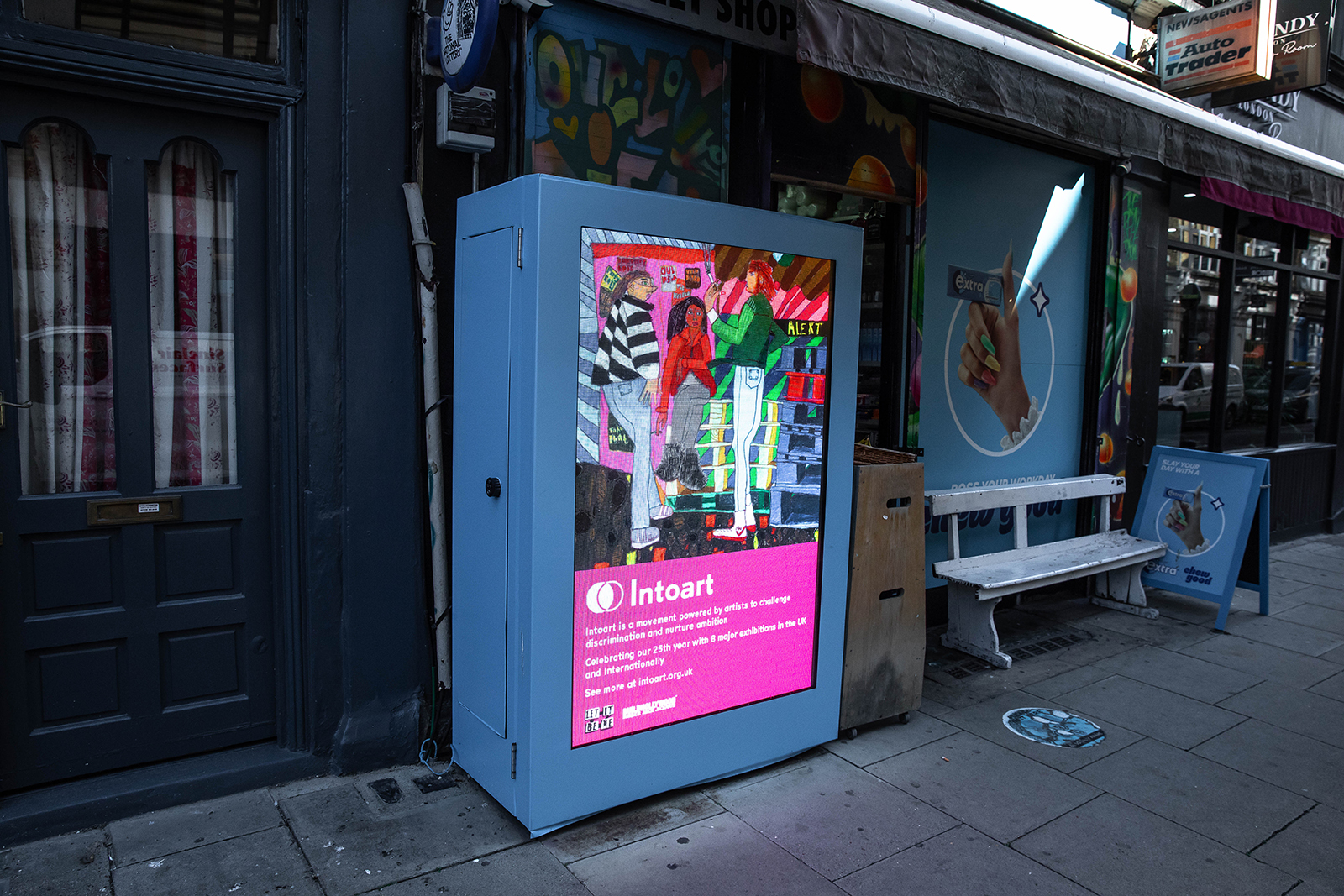
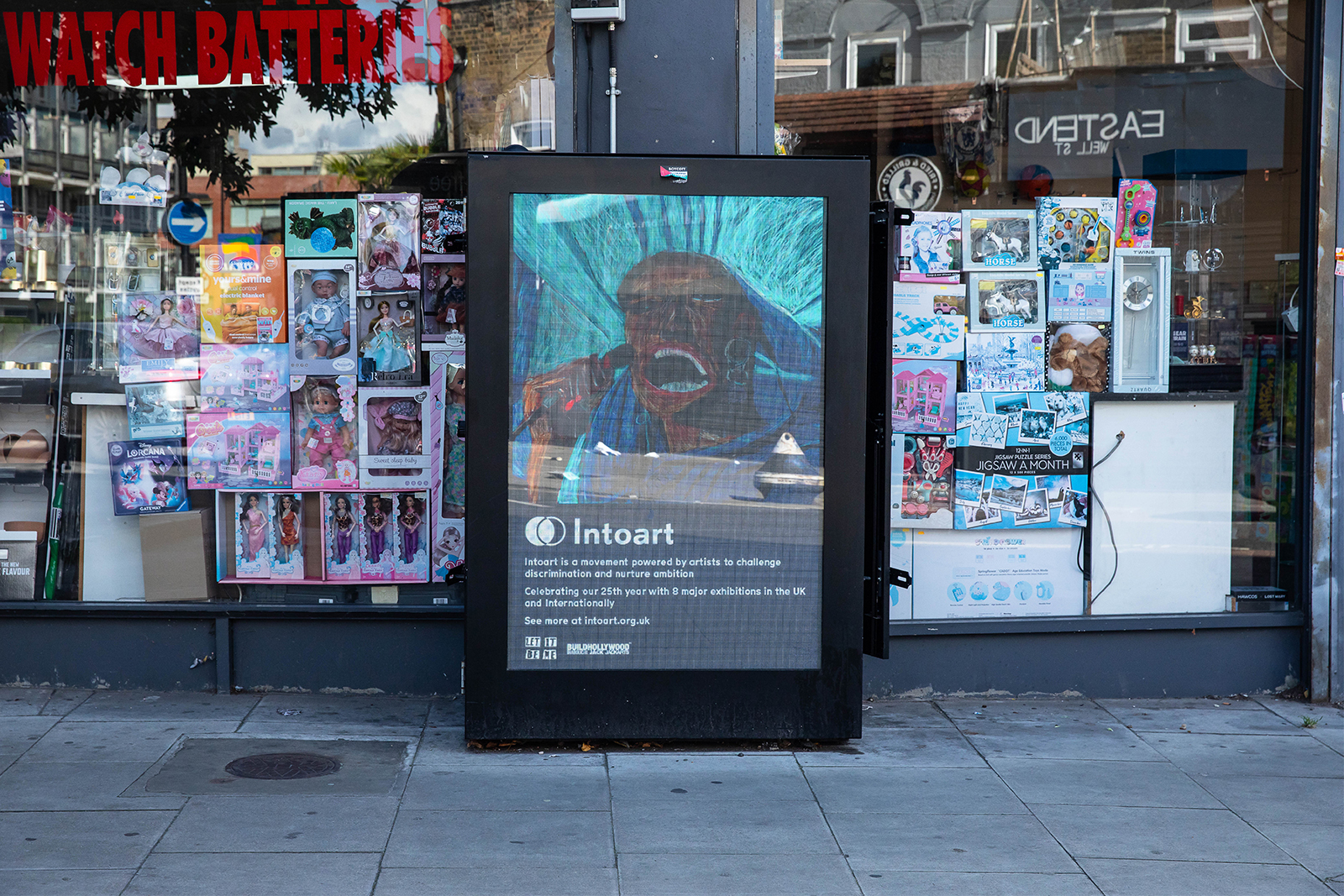
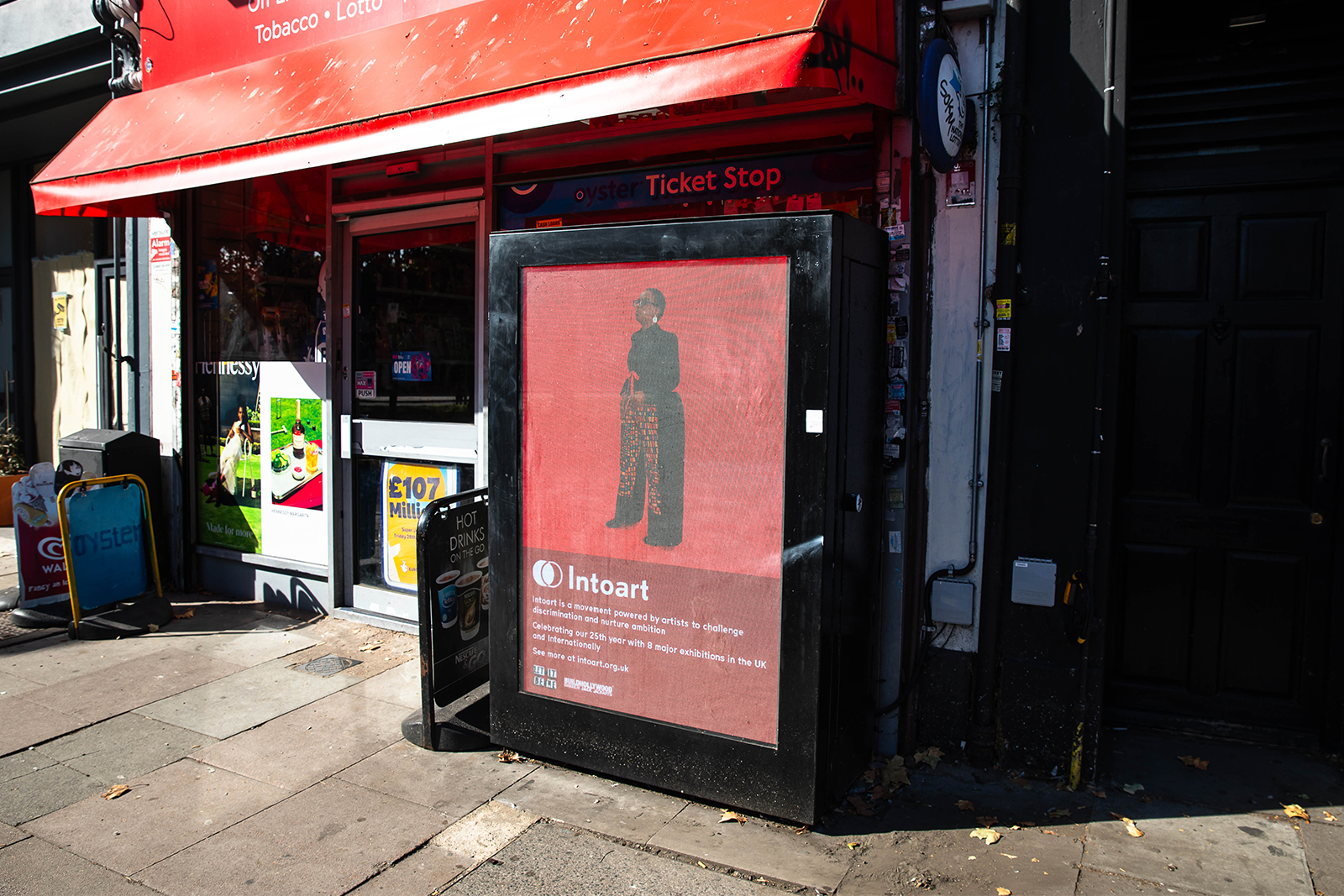
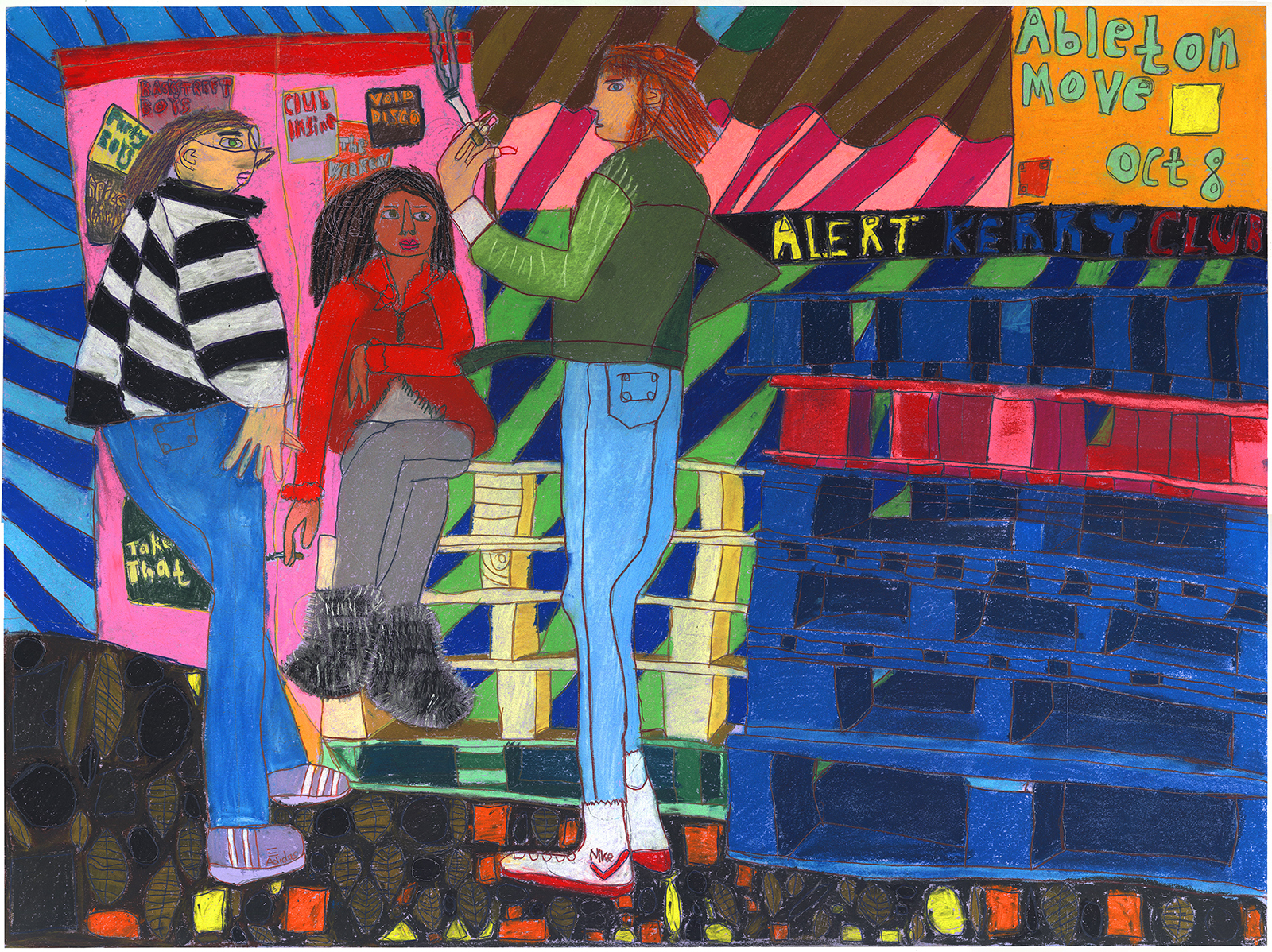 Jordan Moody
Jordan Moody
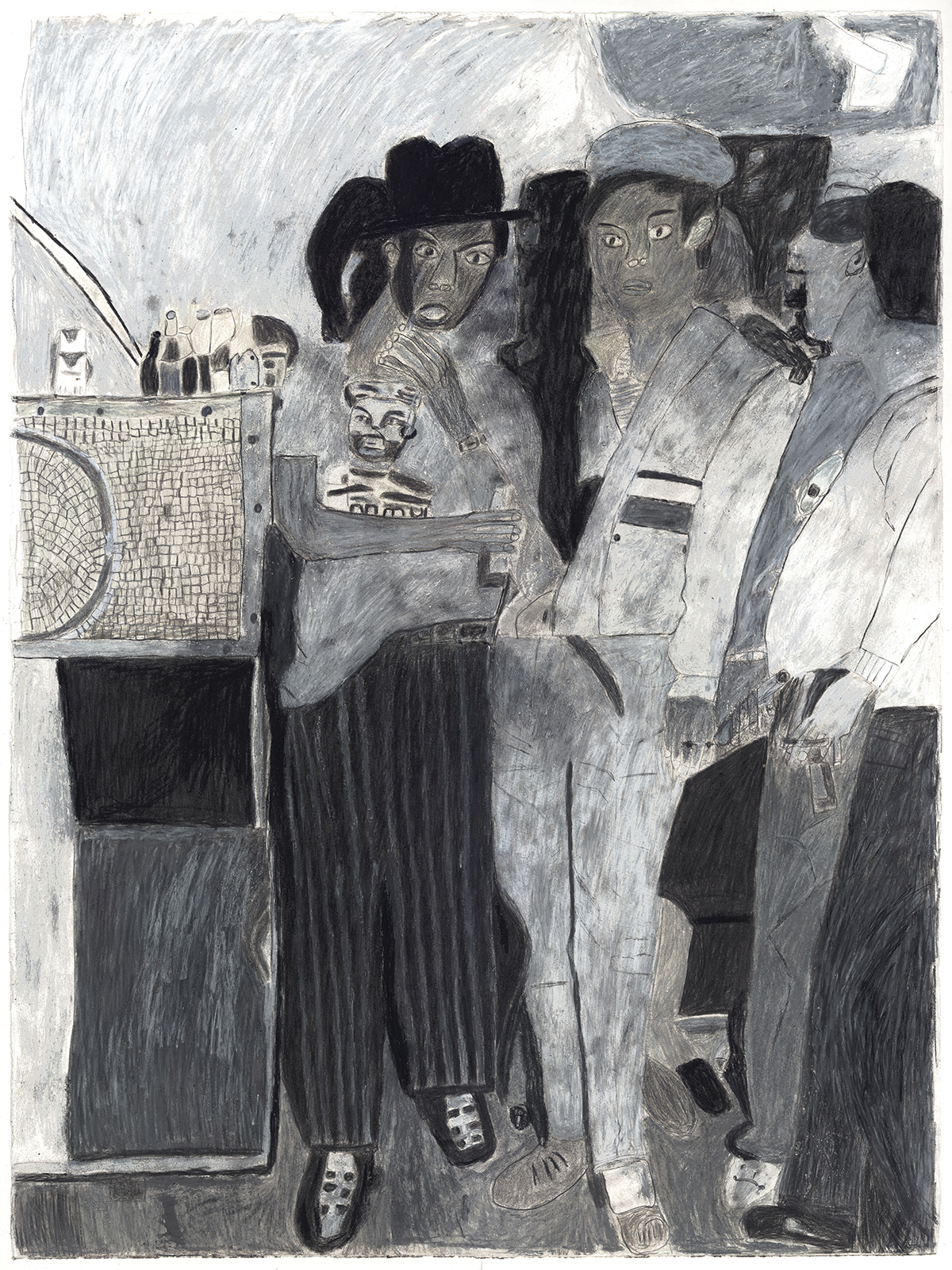 Dawn Wilson
Dawn Wilson
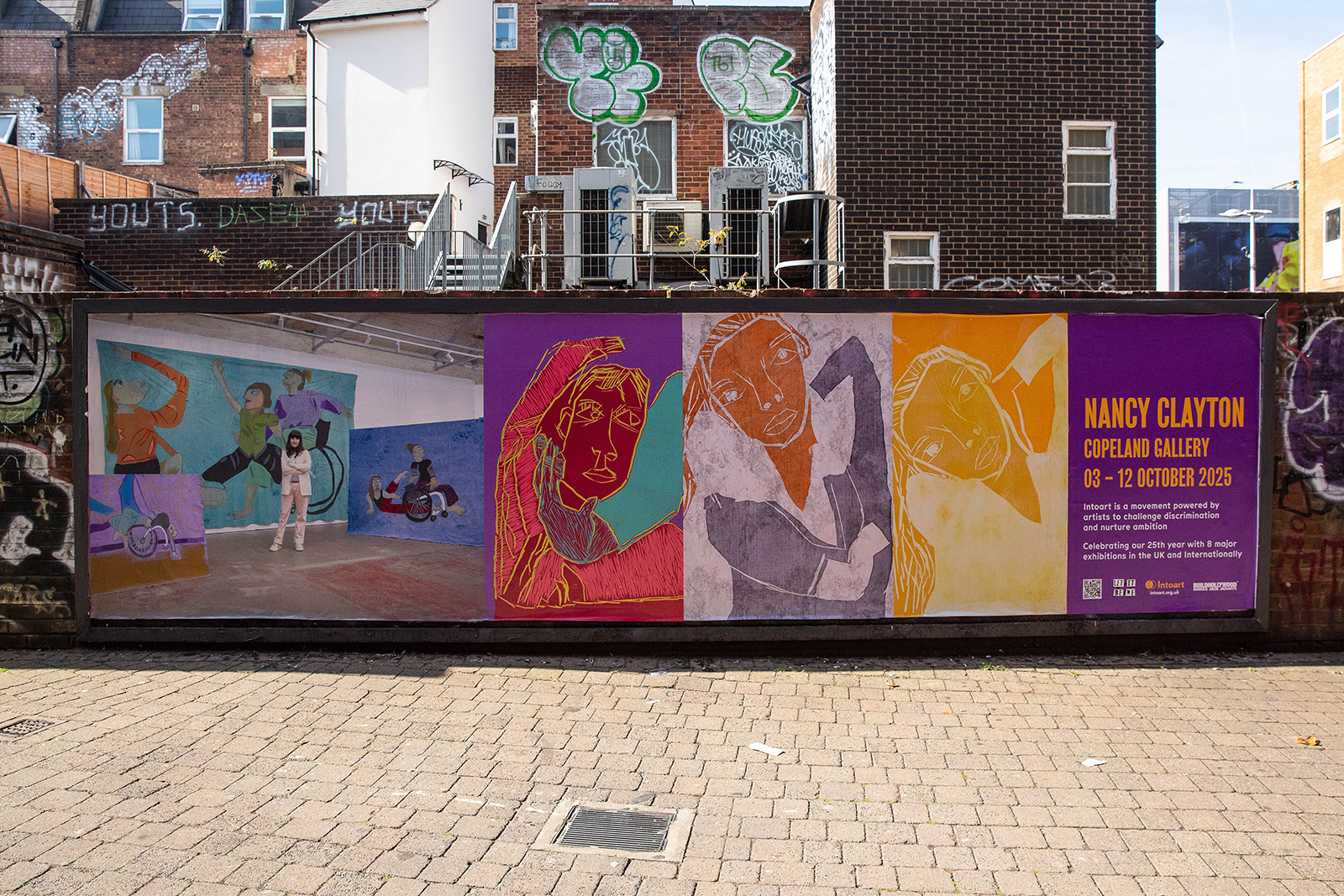
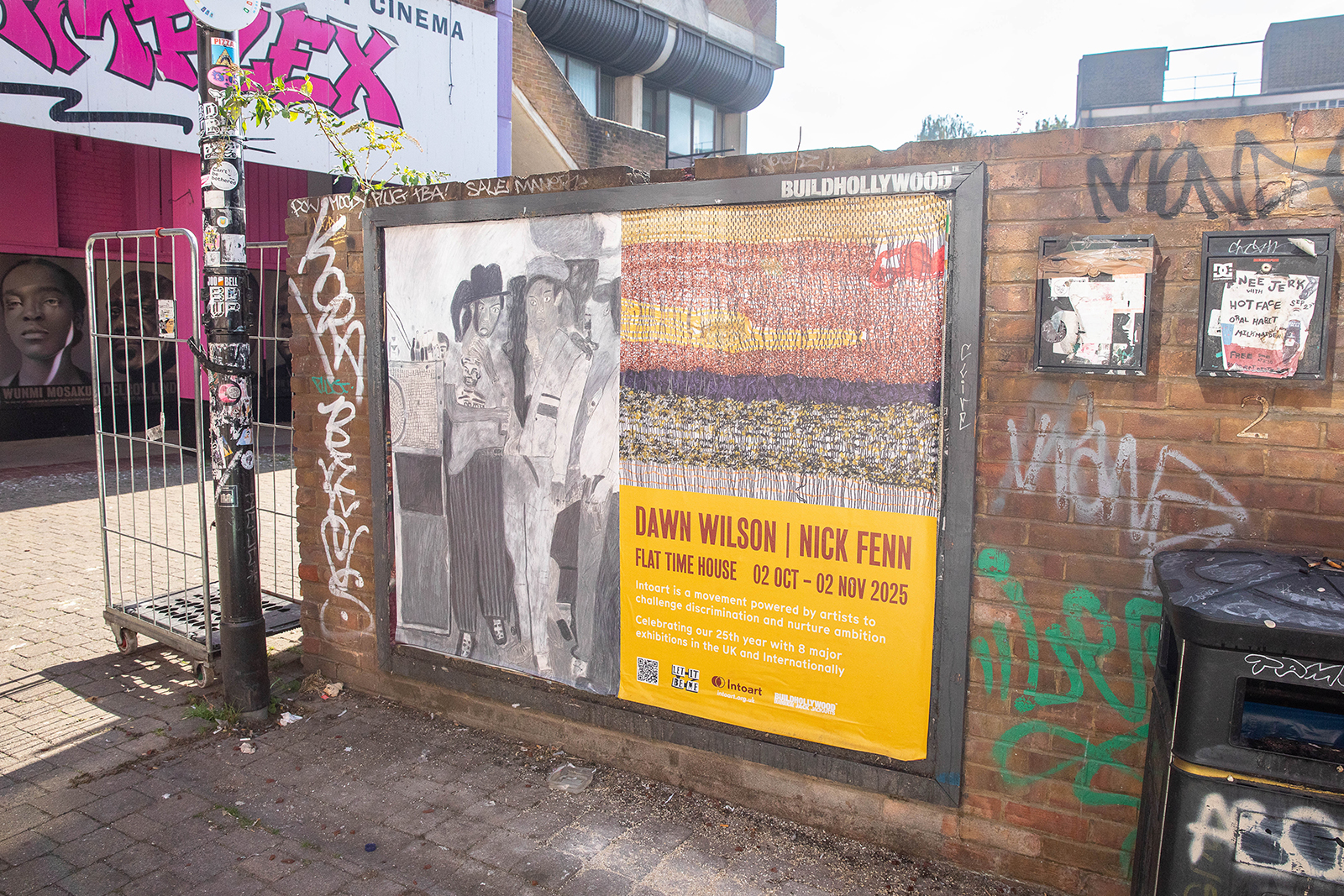
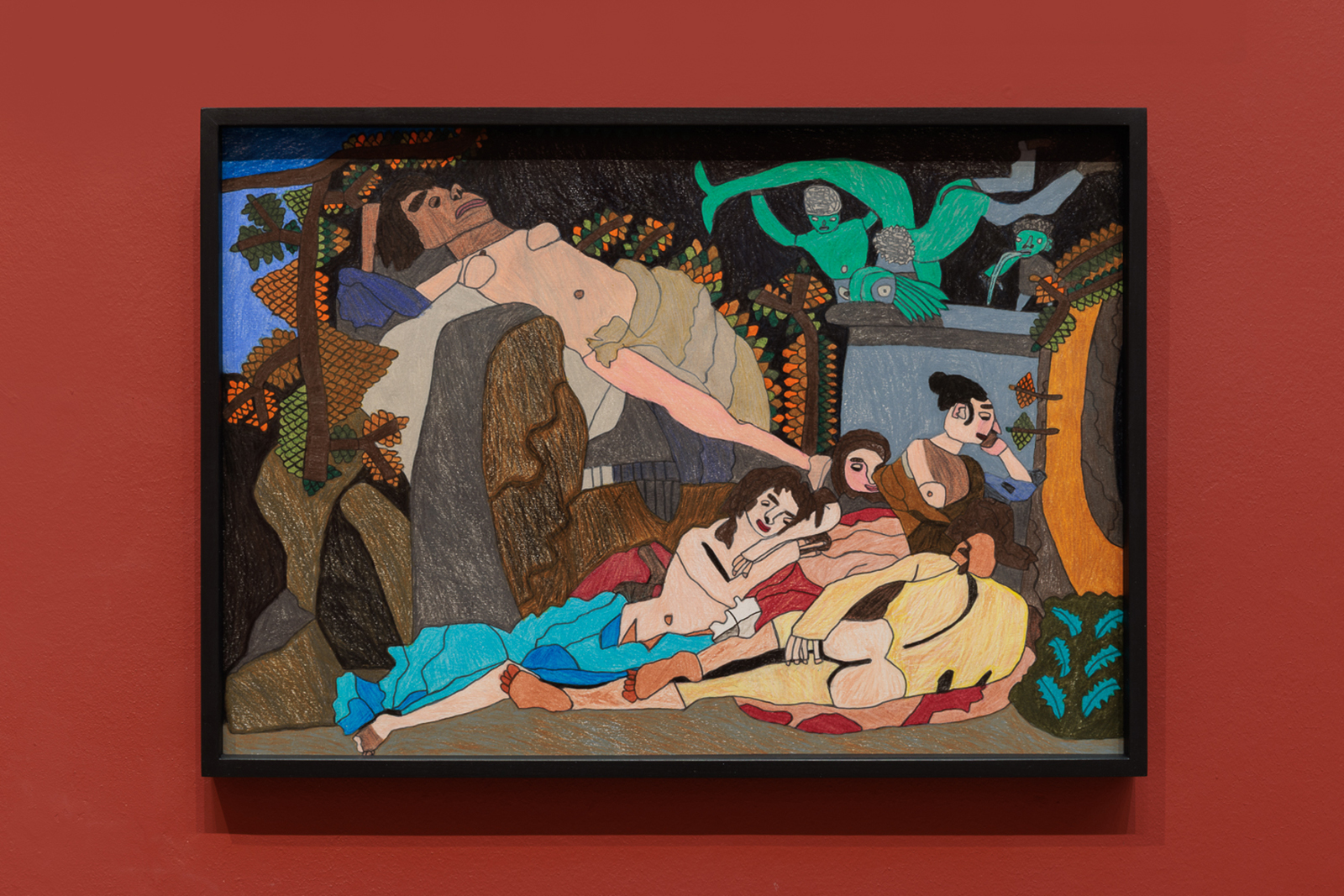 Stanley Galton
Stanley Galton
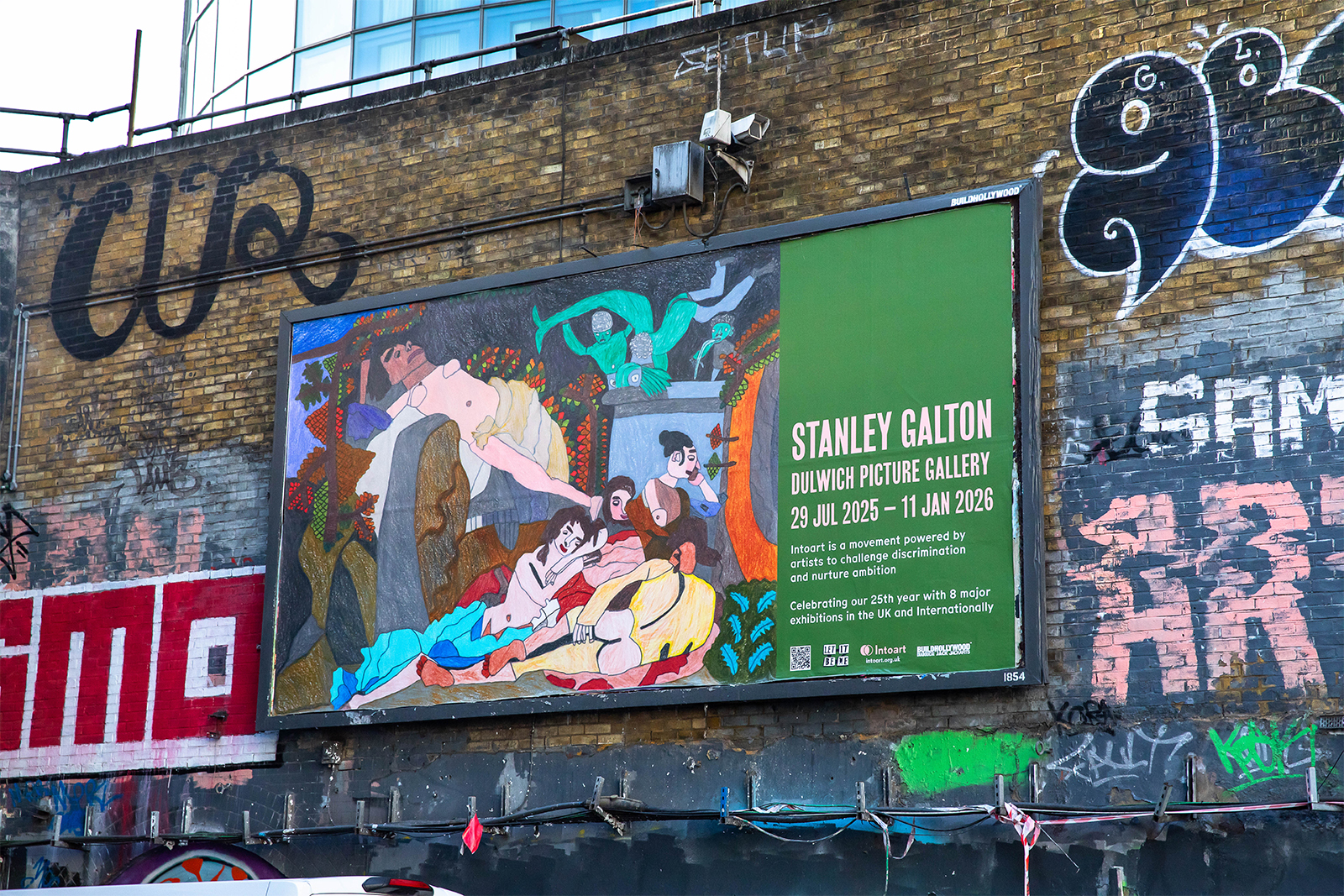
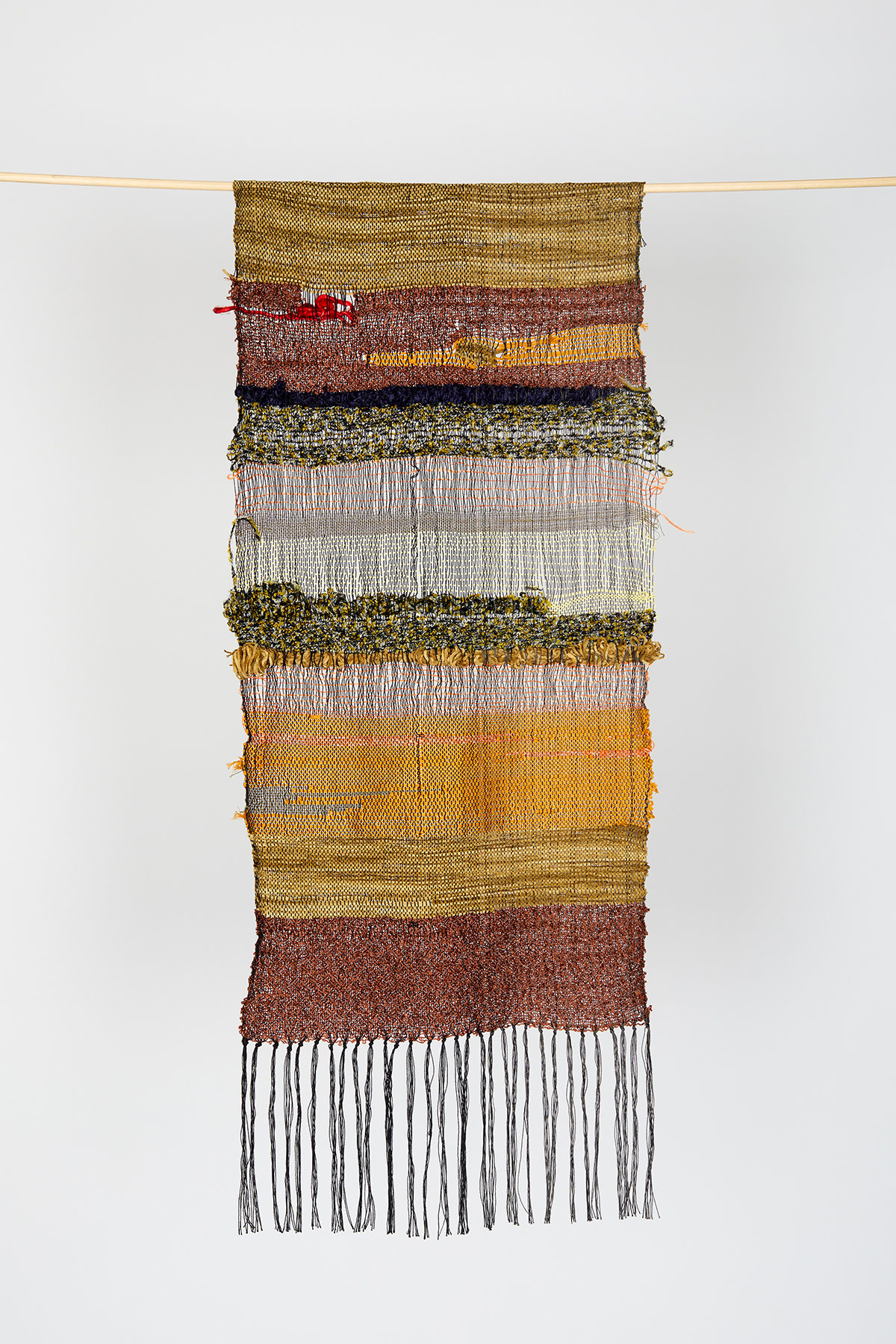 Nick Fenn
Nick Fenn
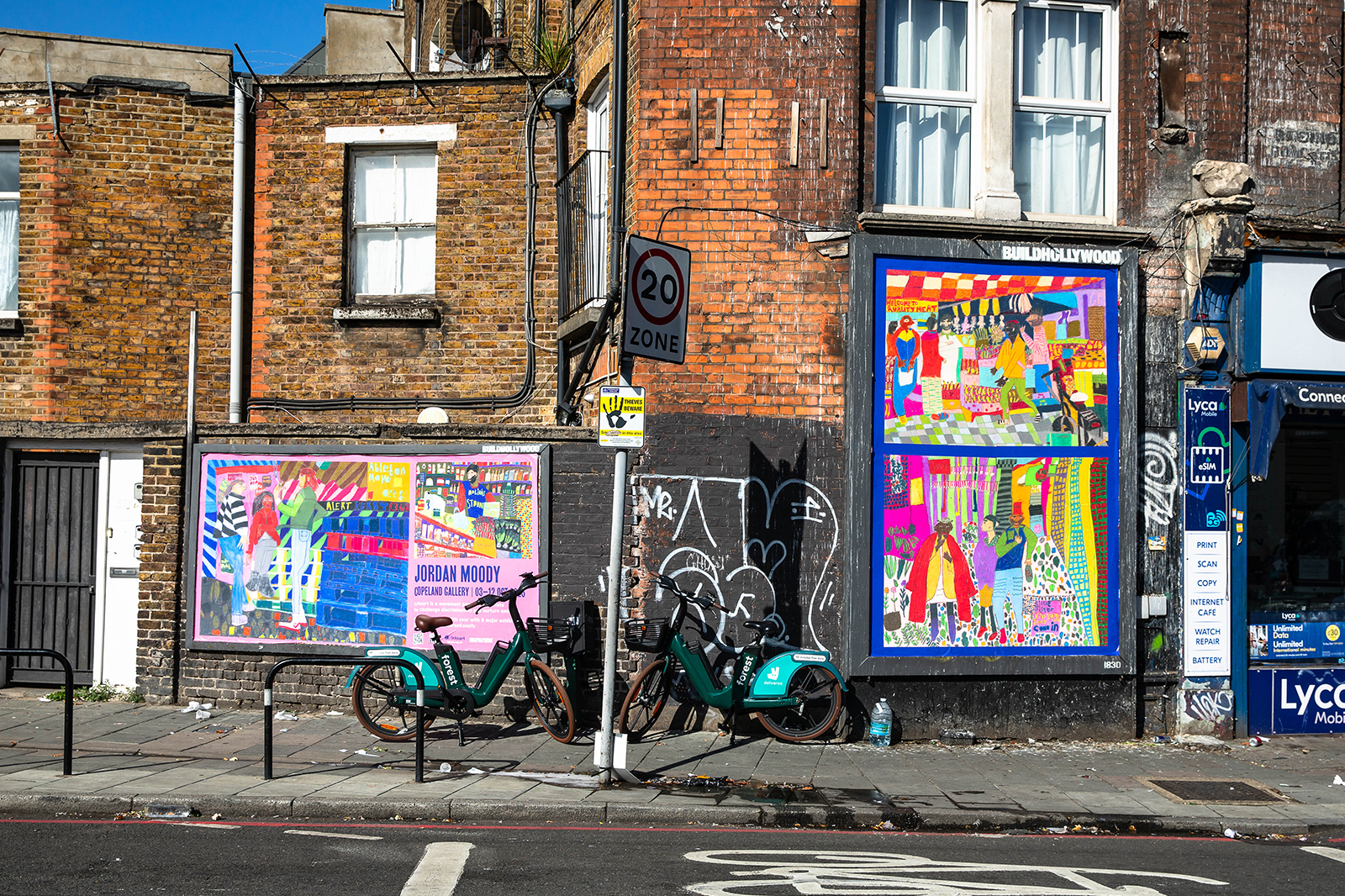
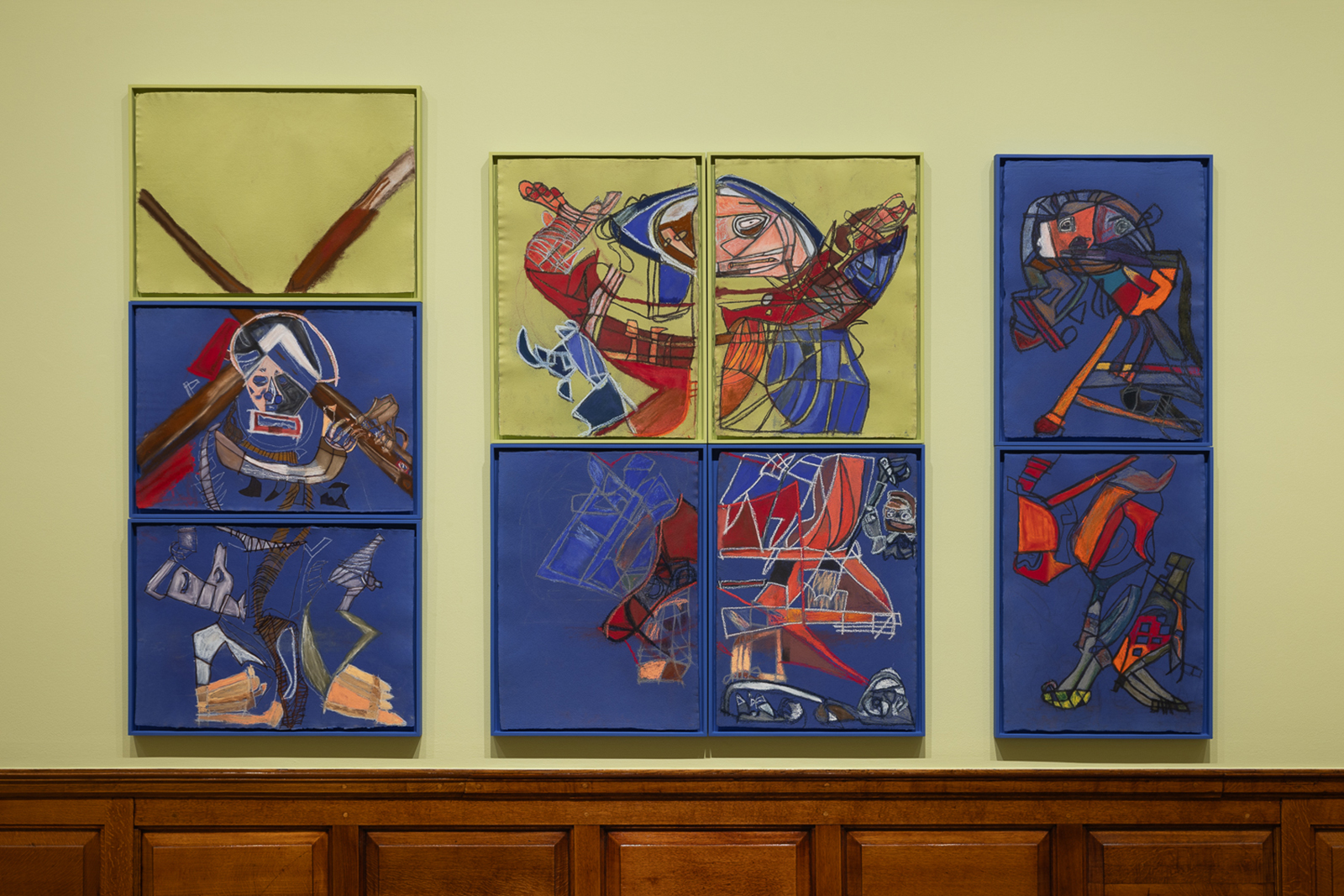 Clifton Wright
Clifton Wright
